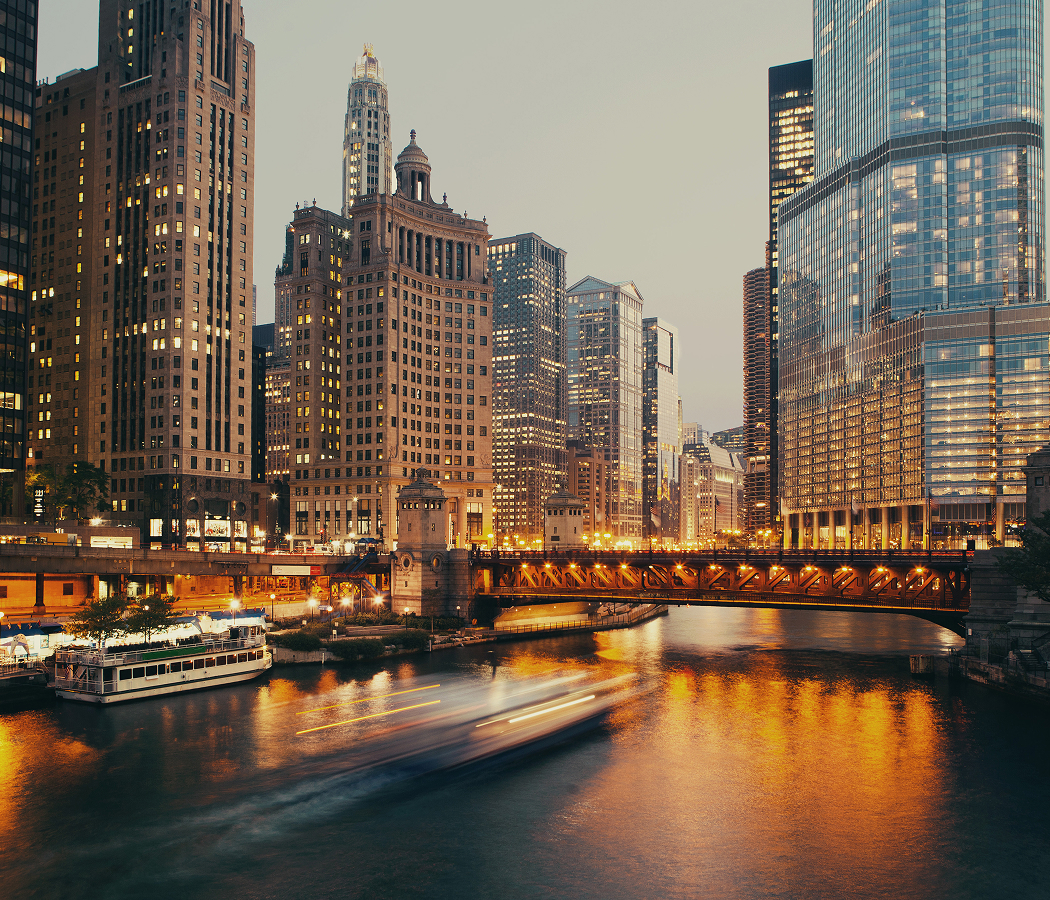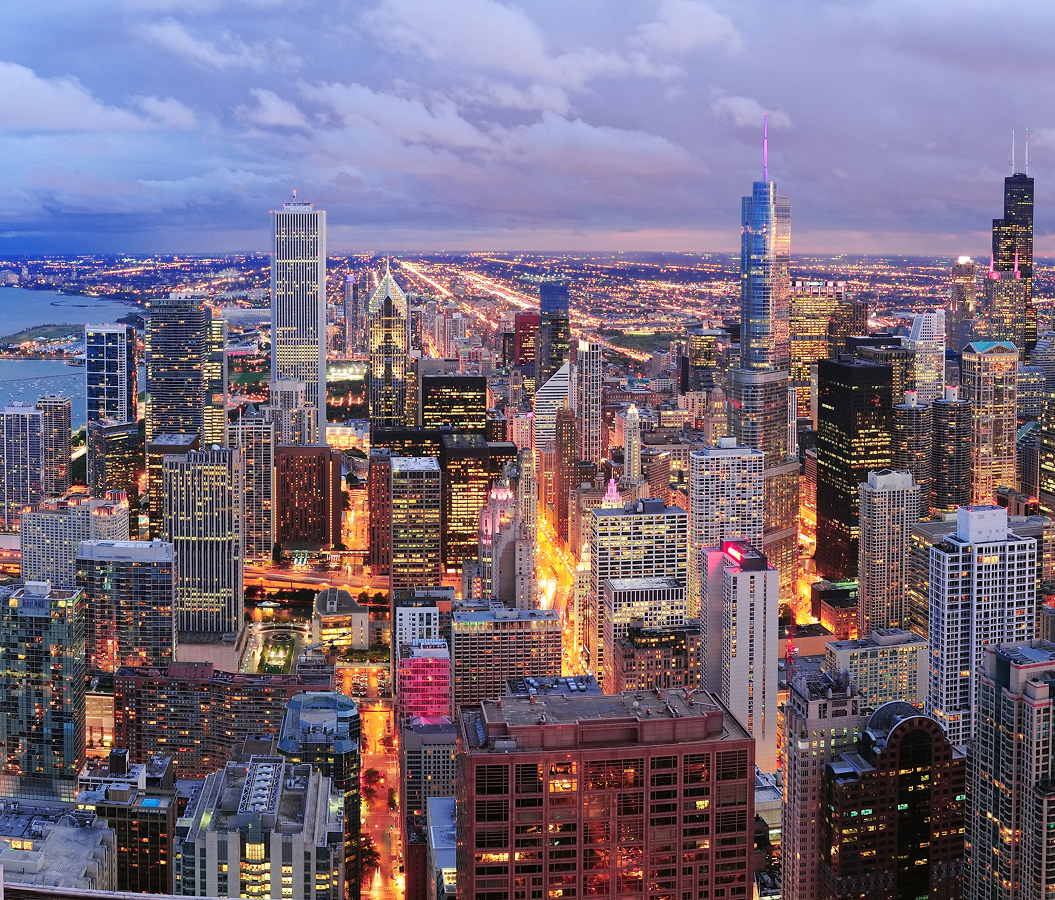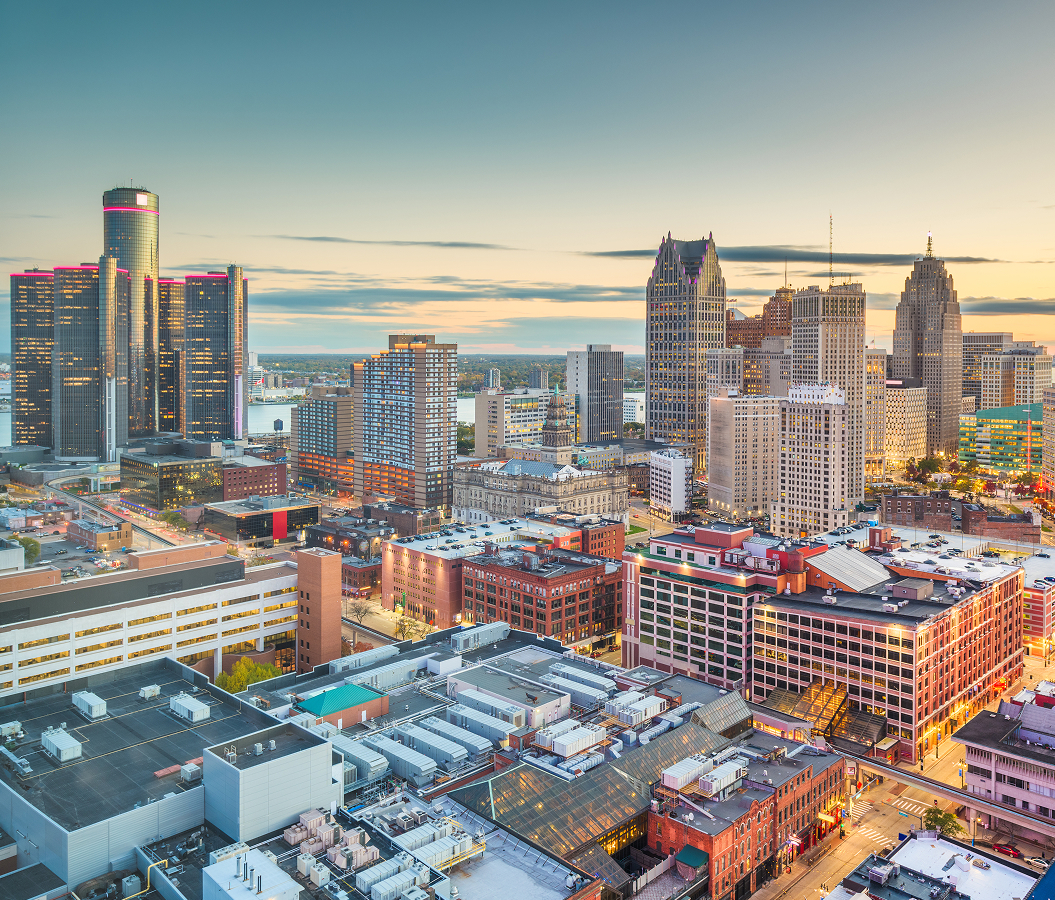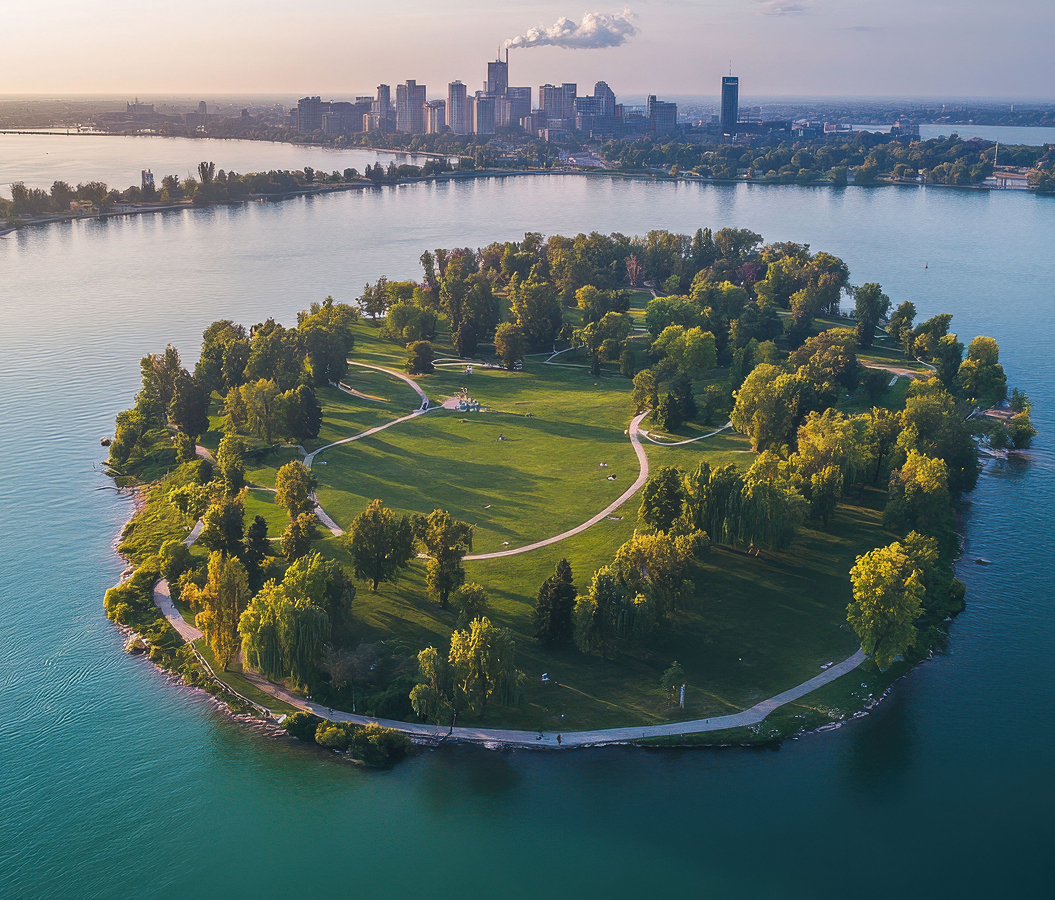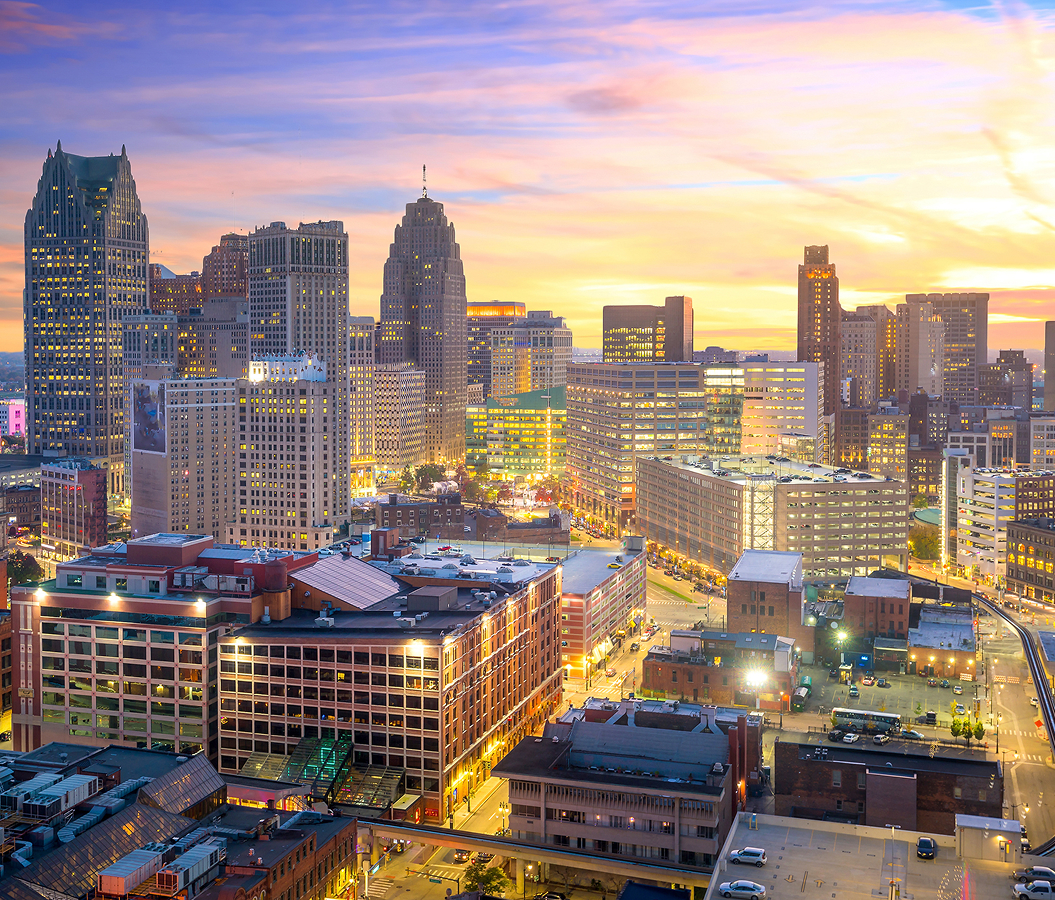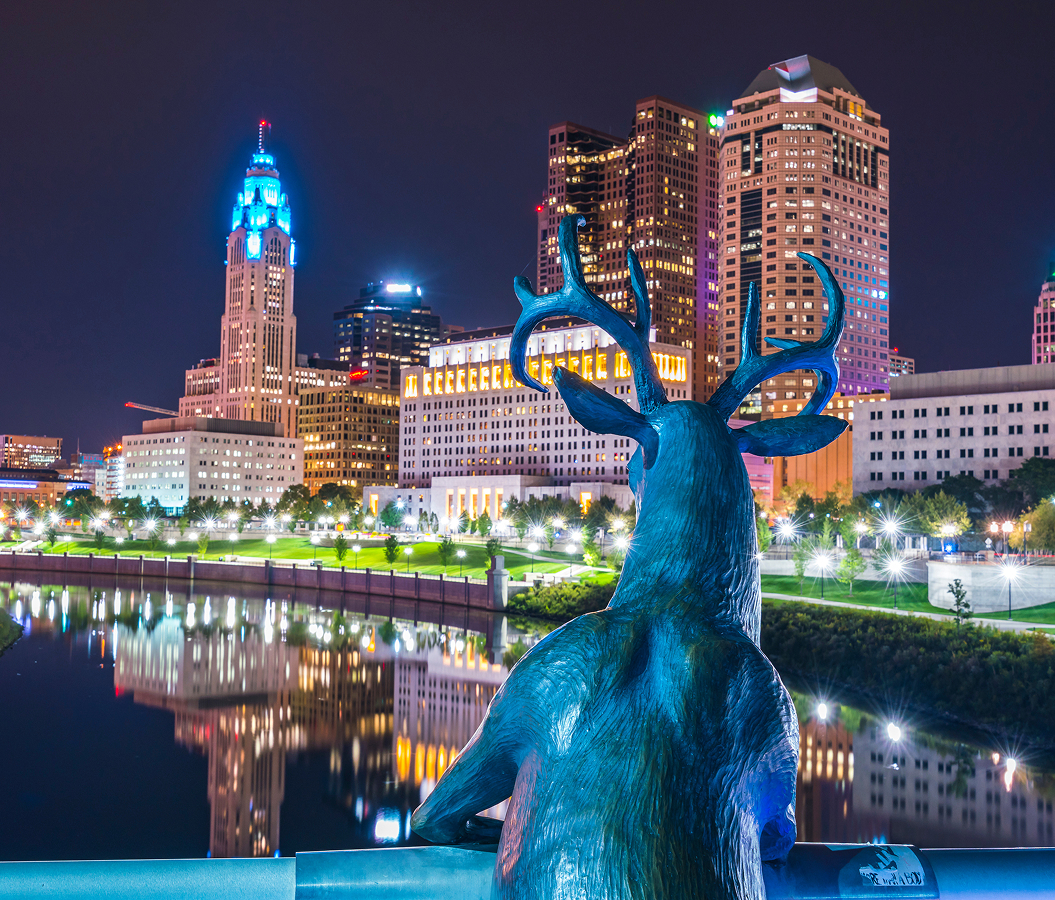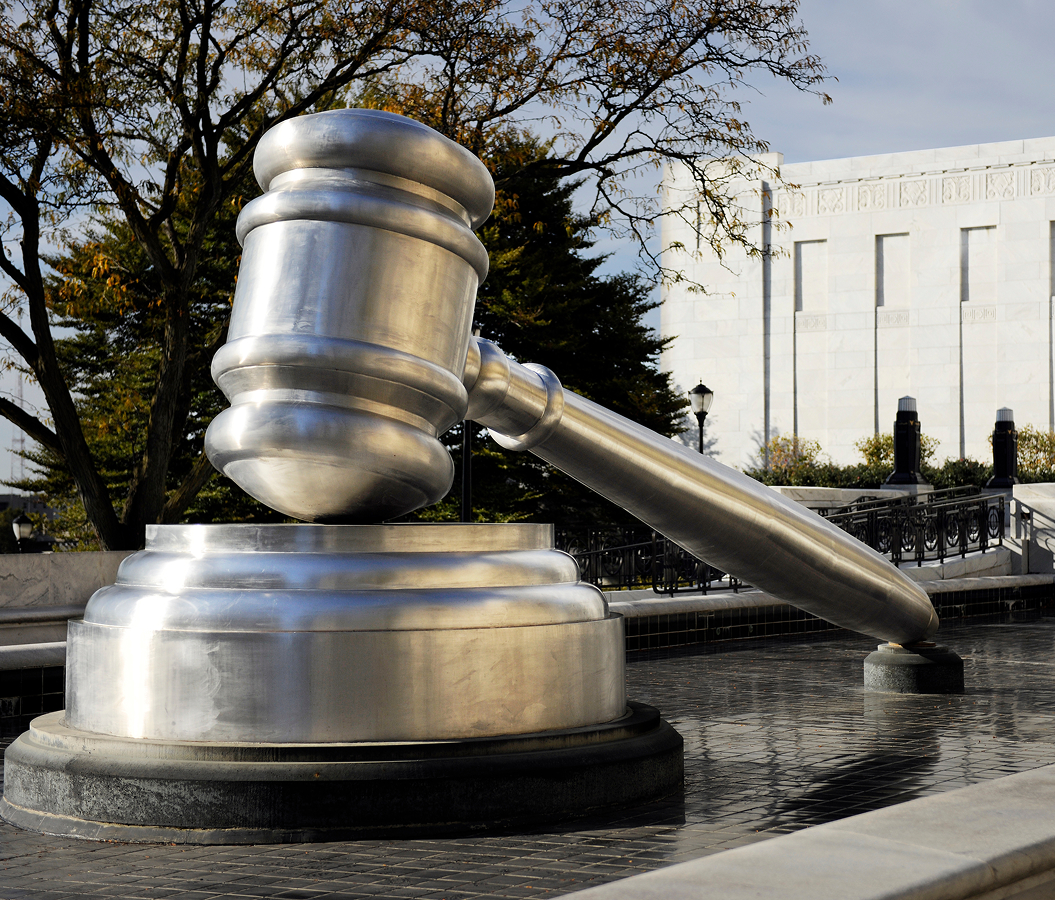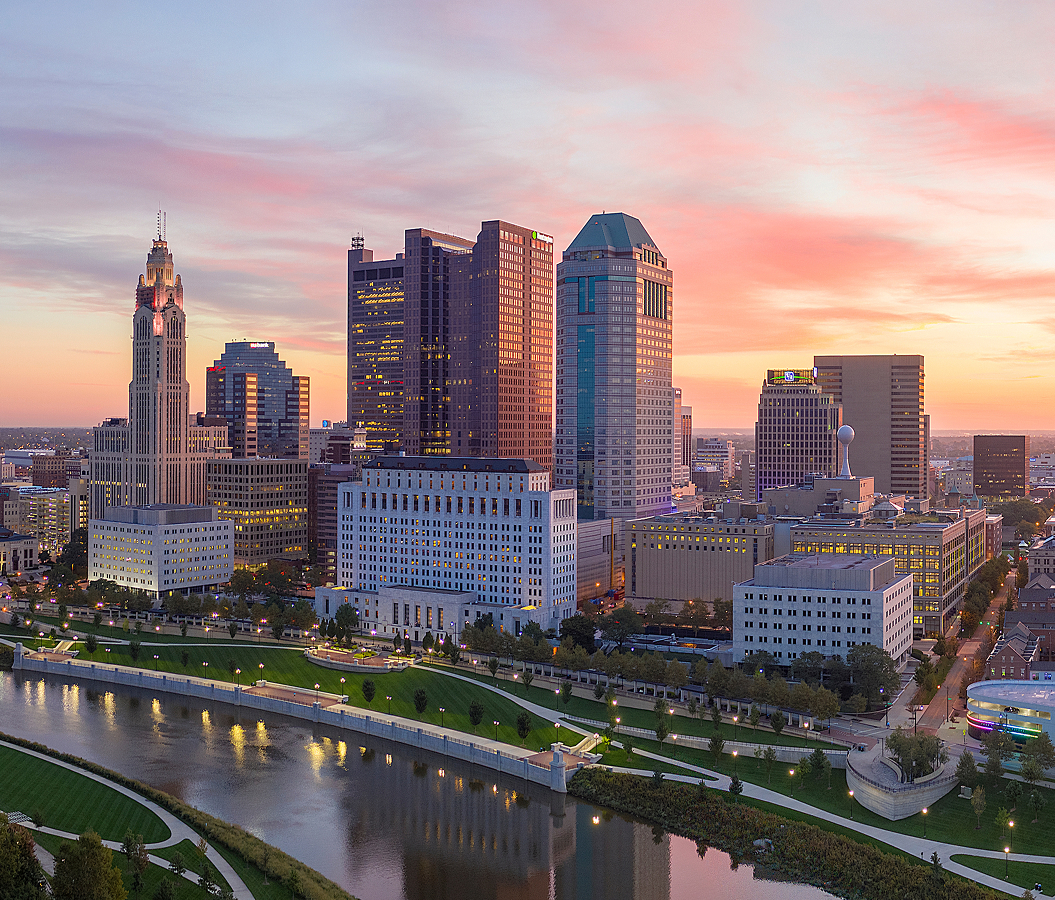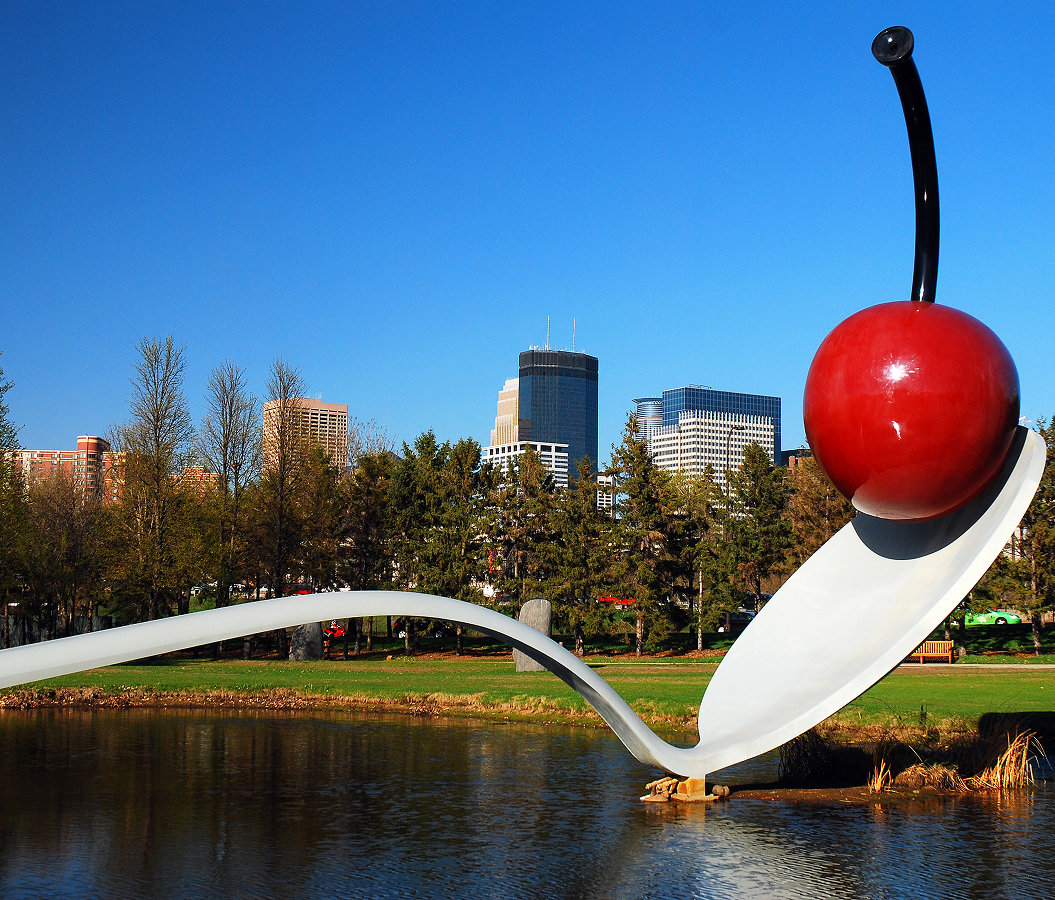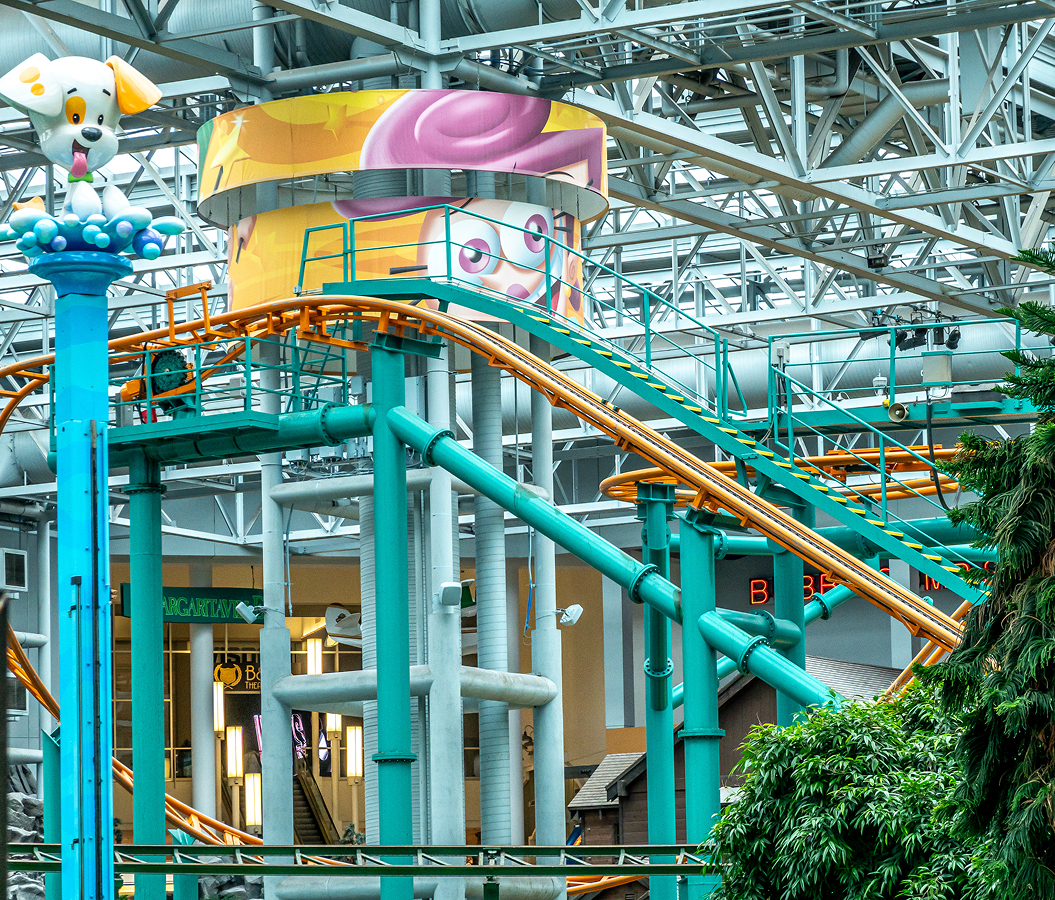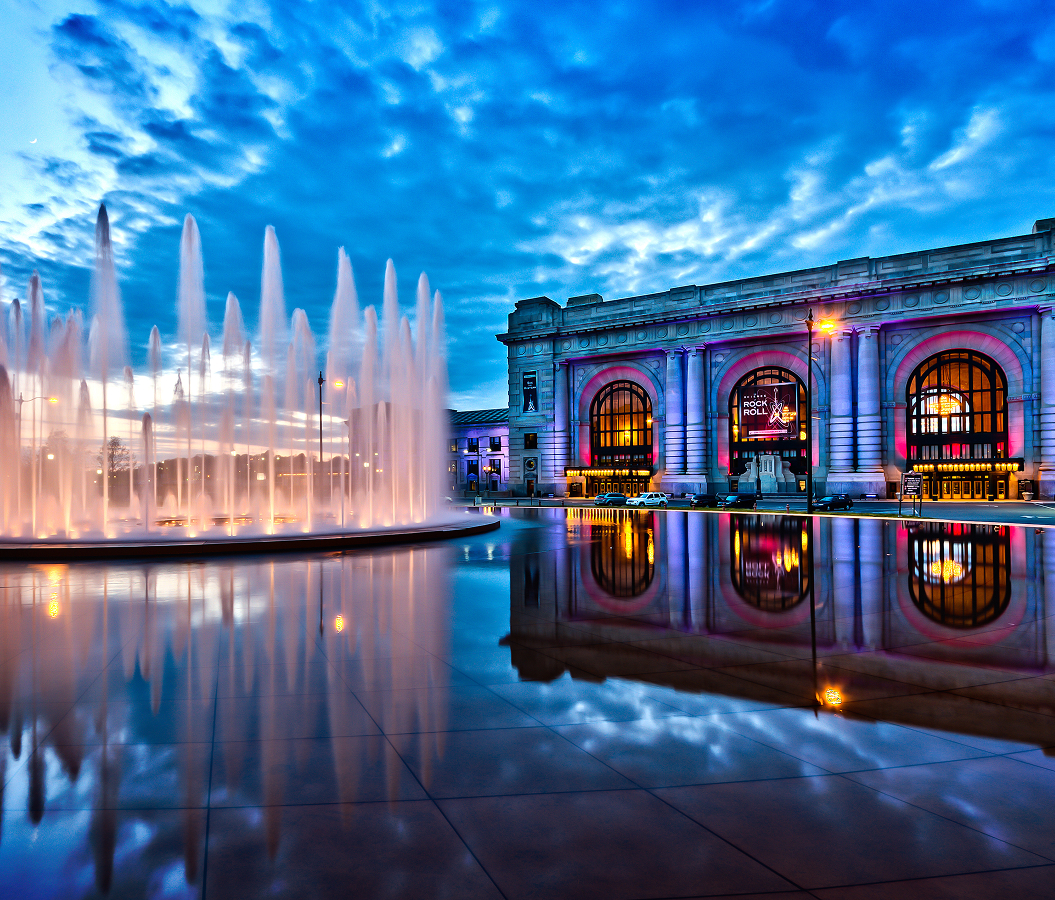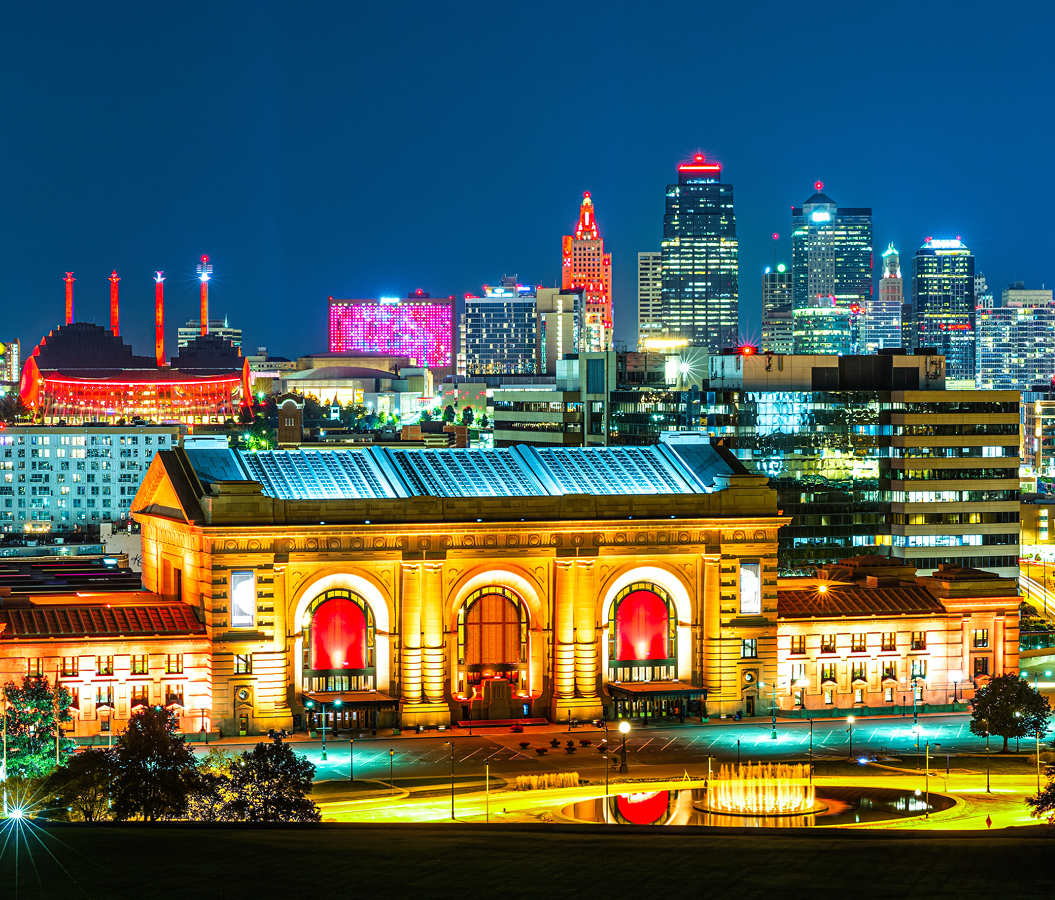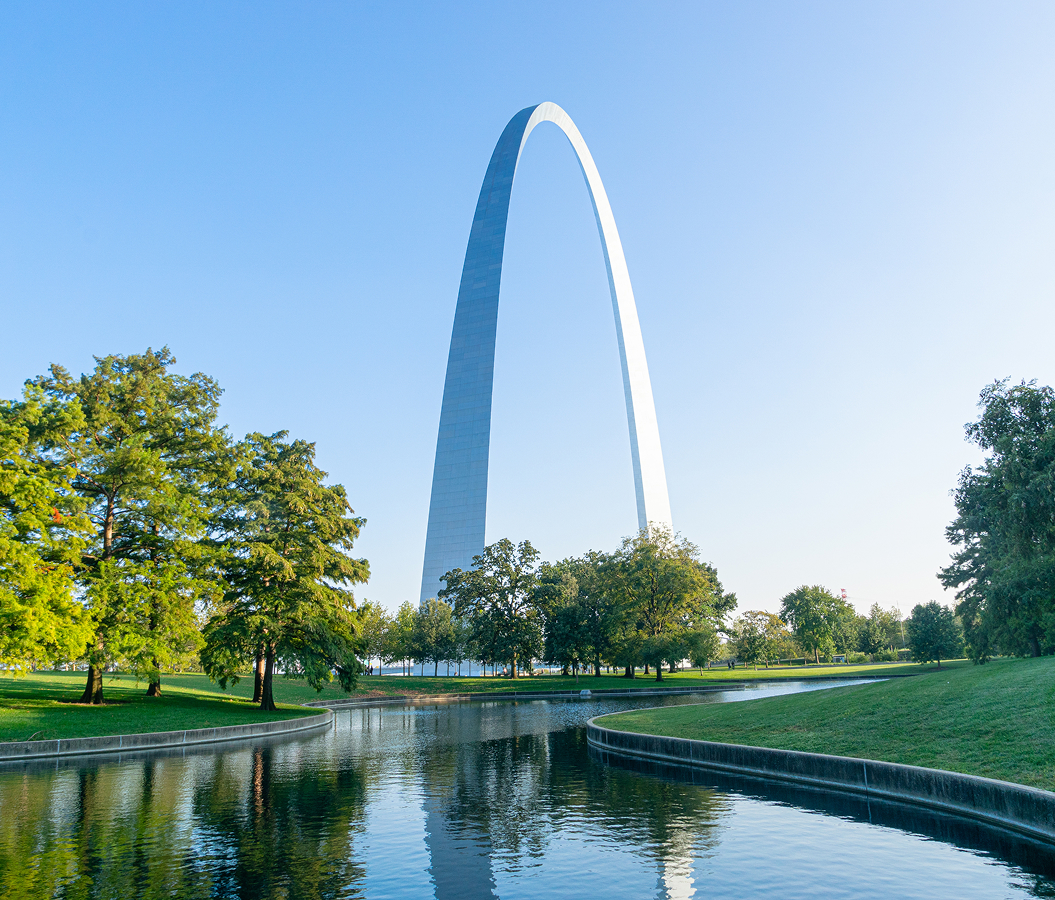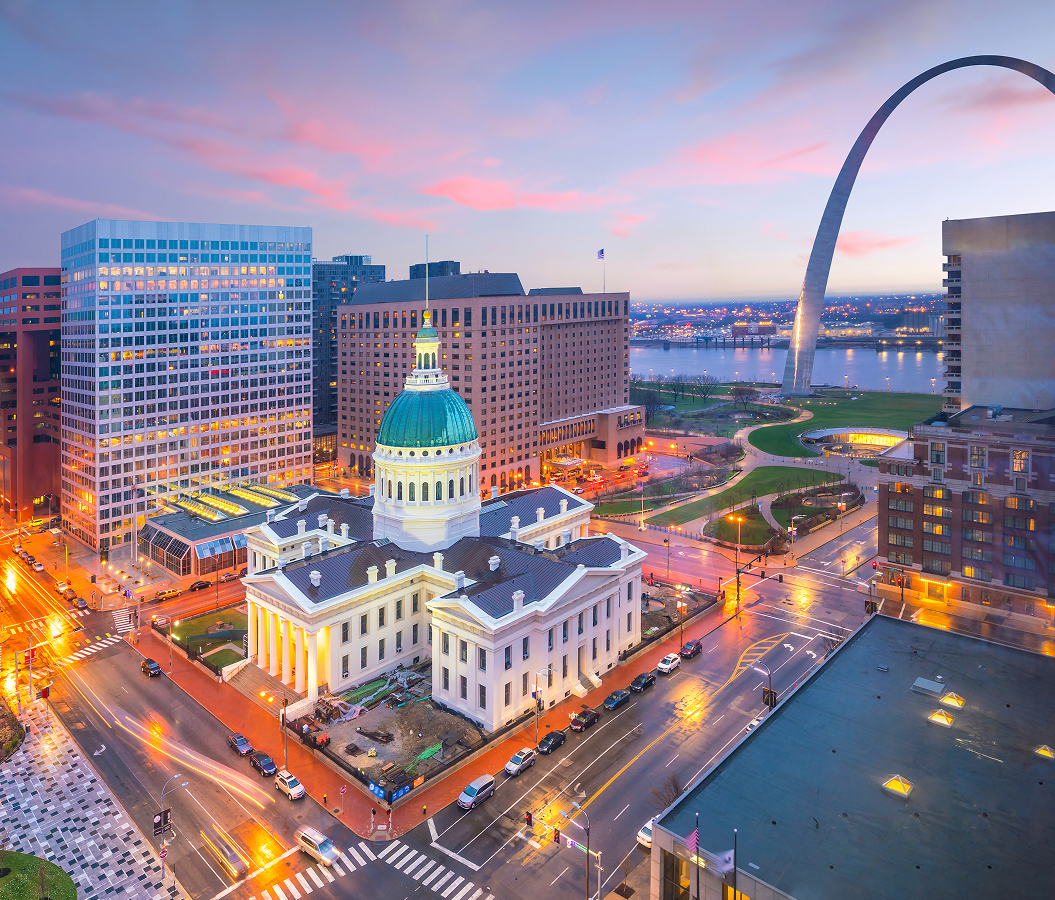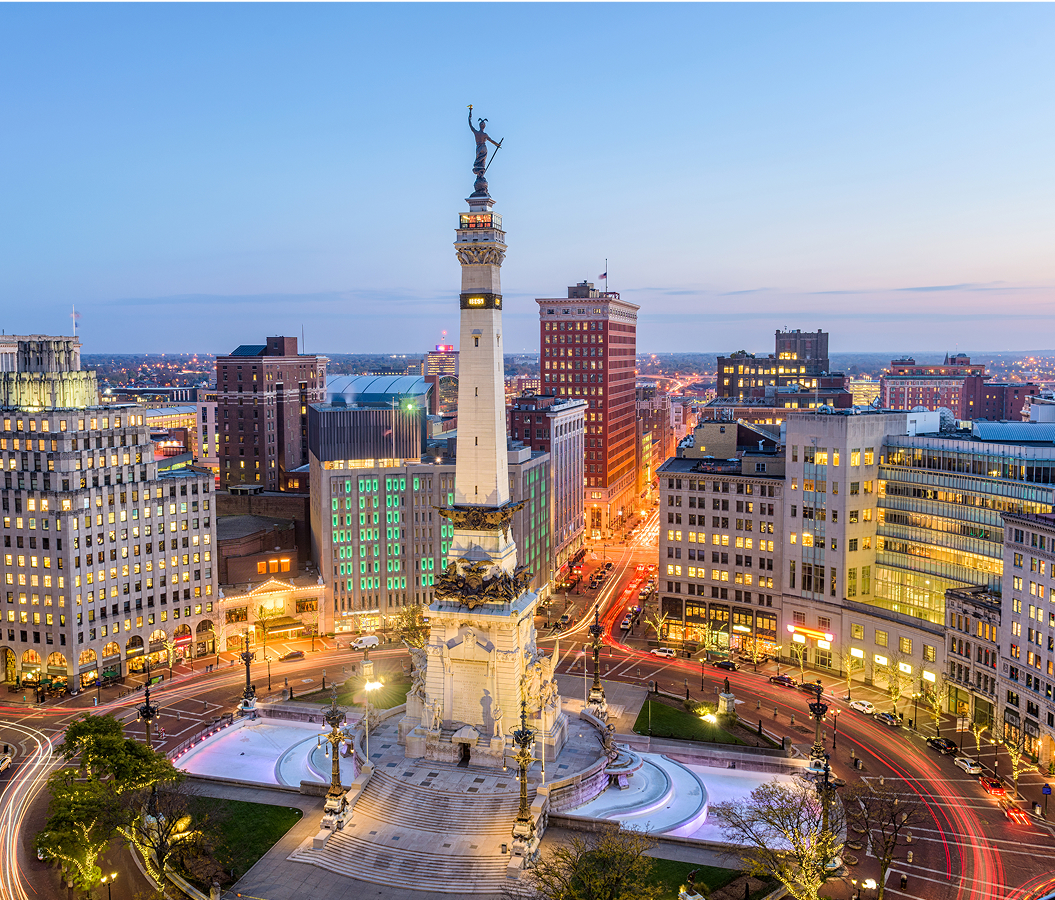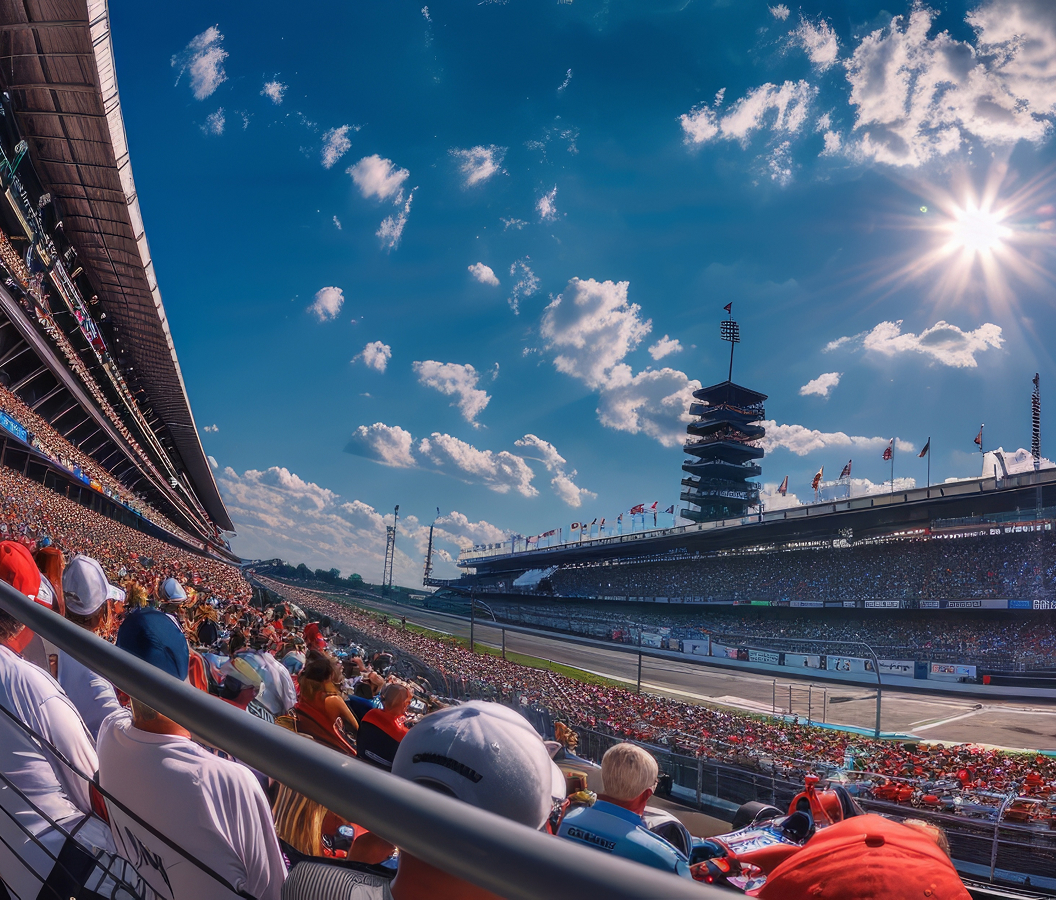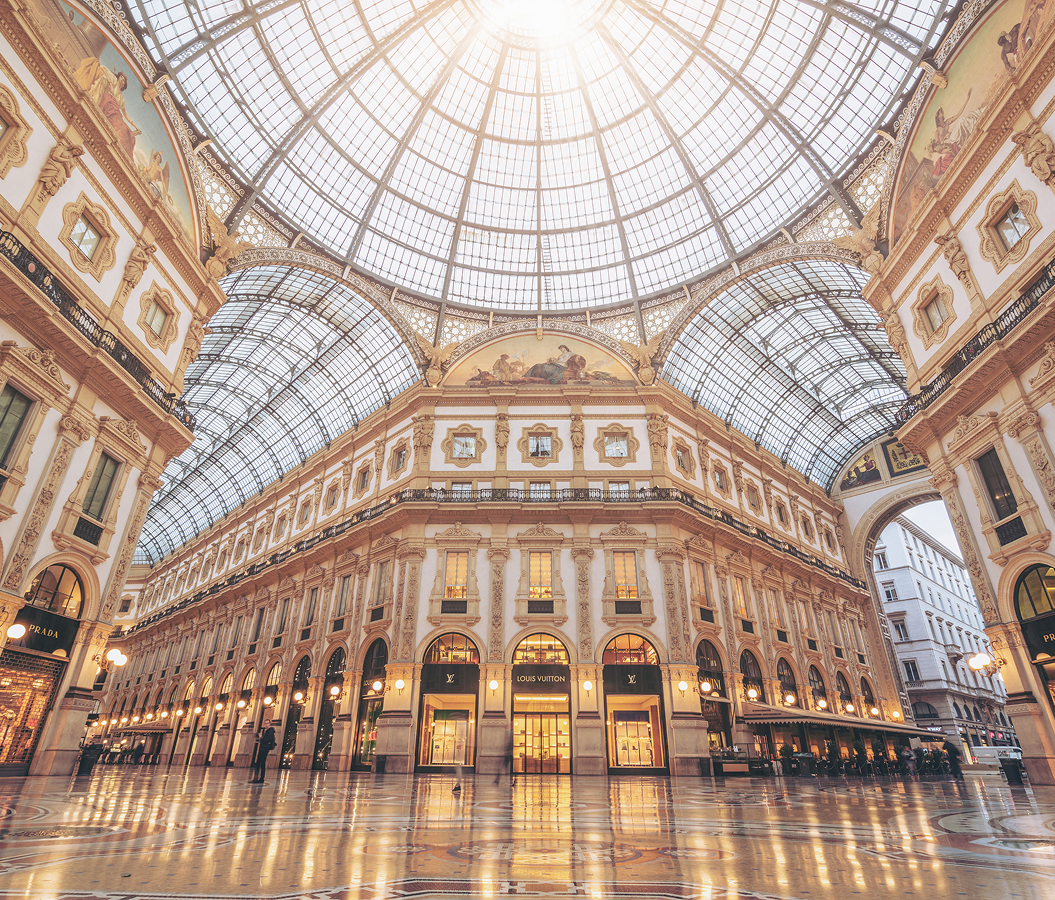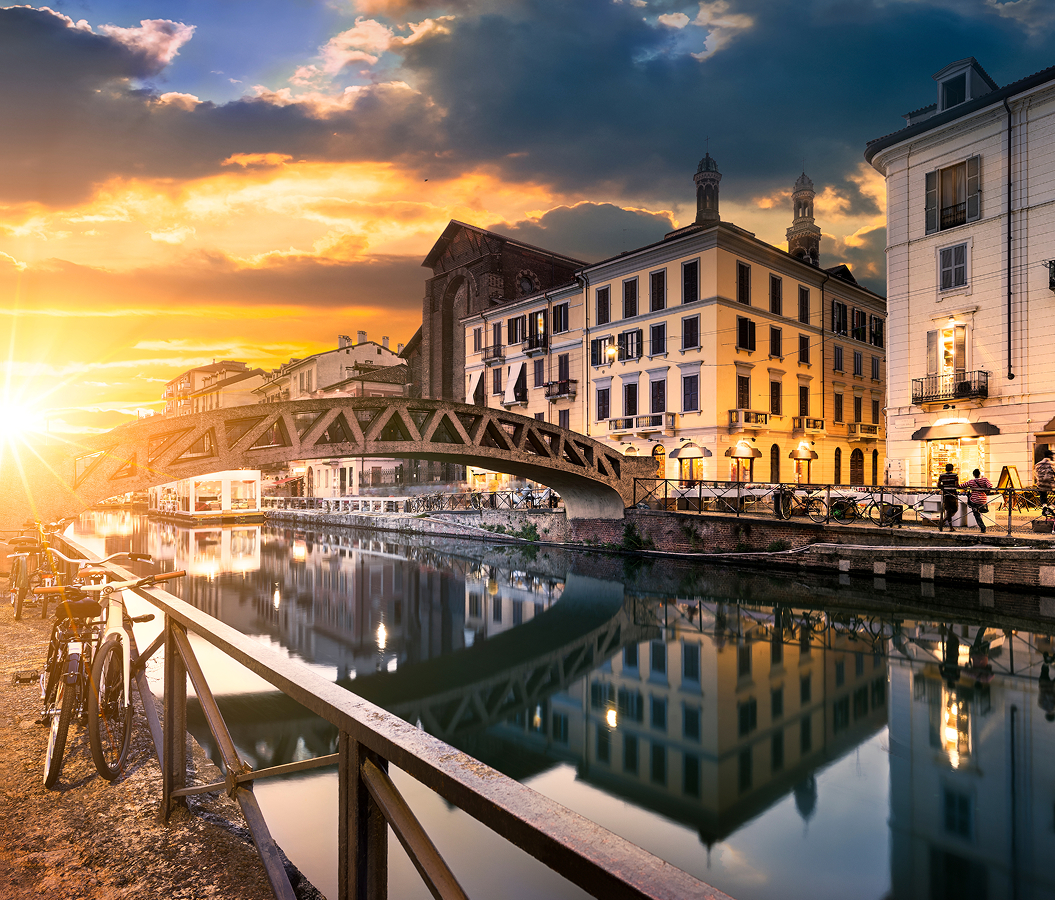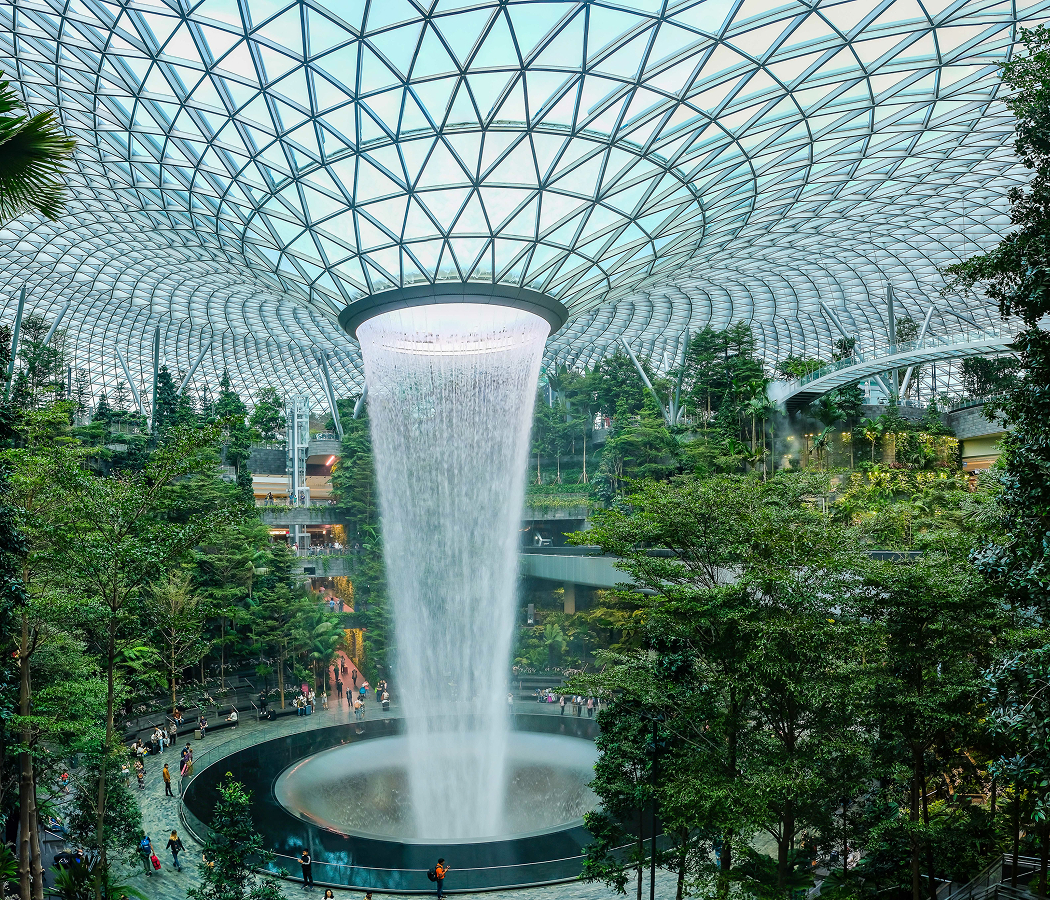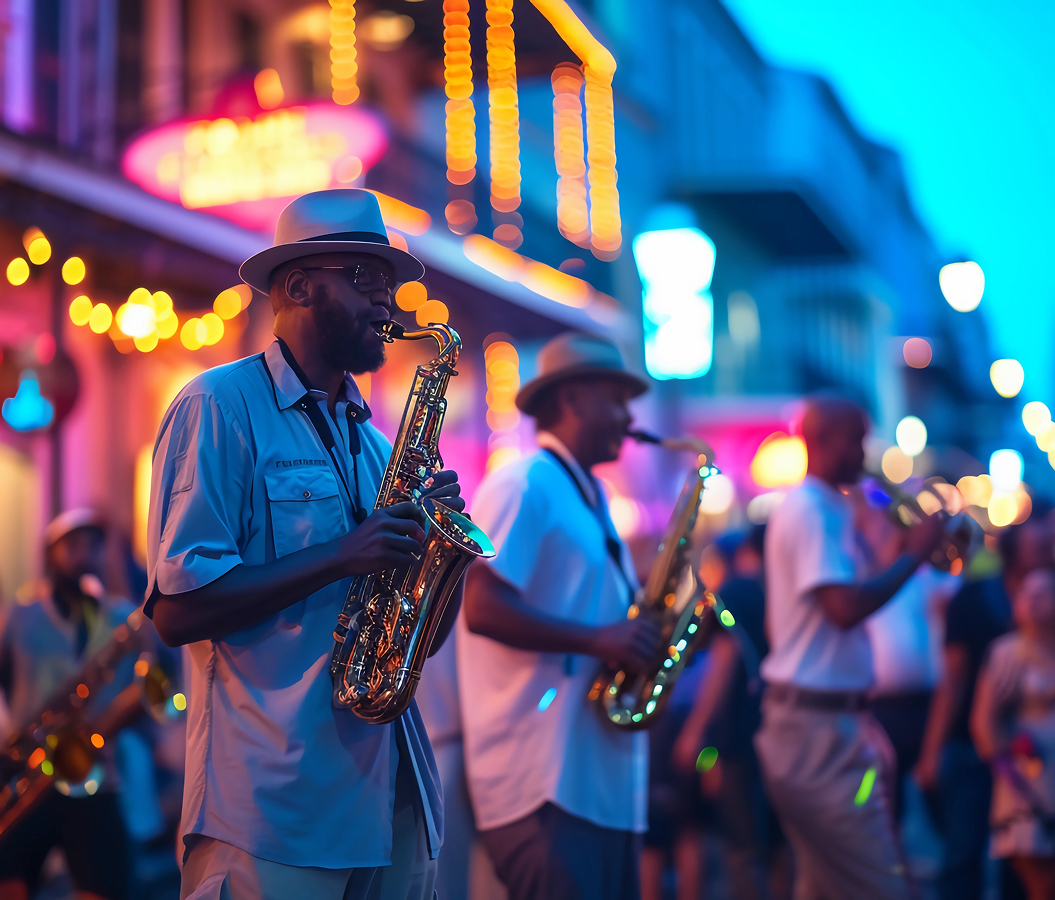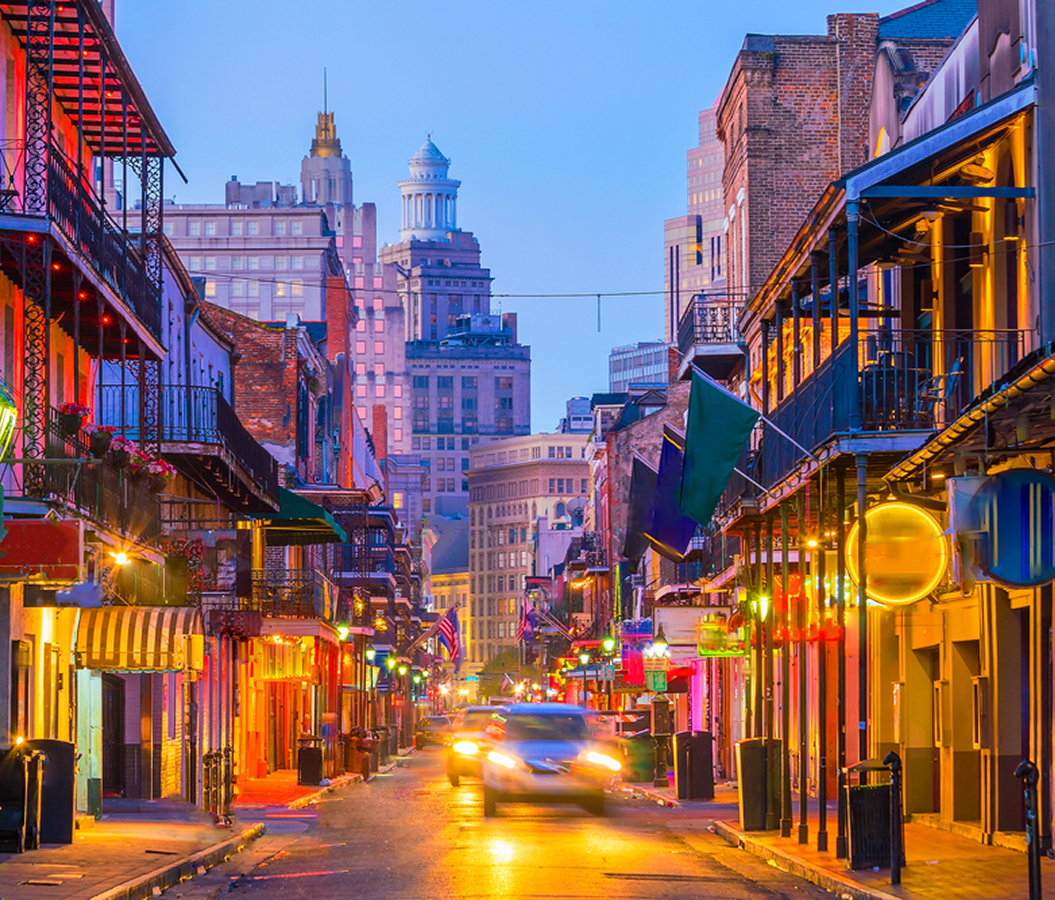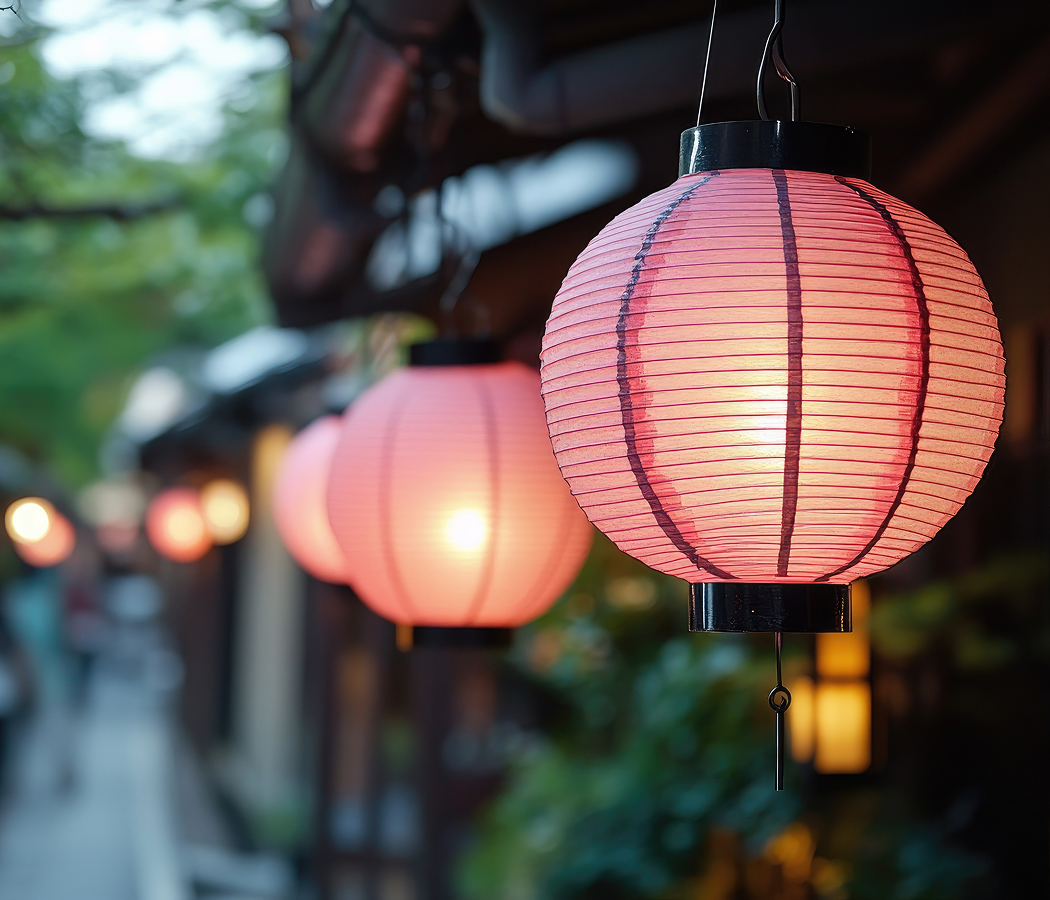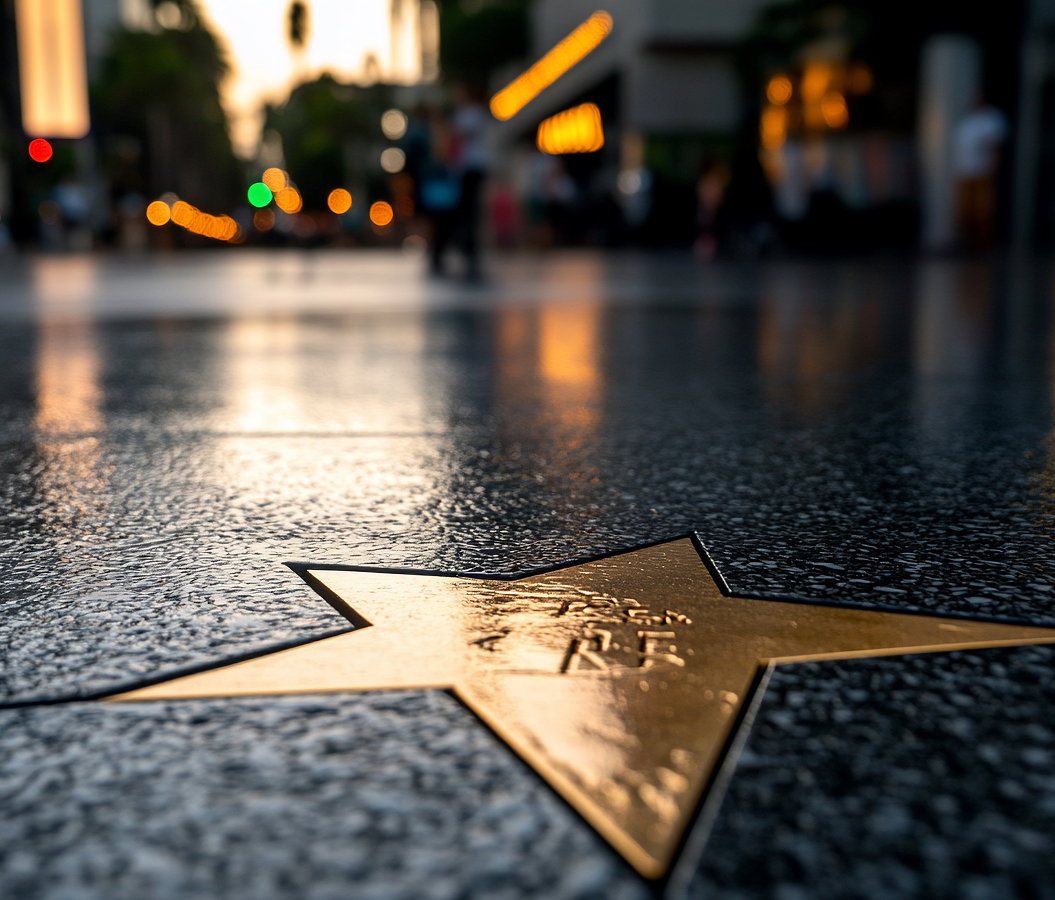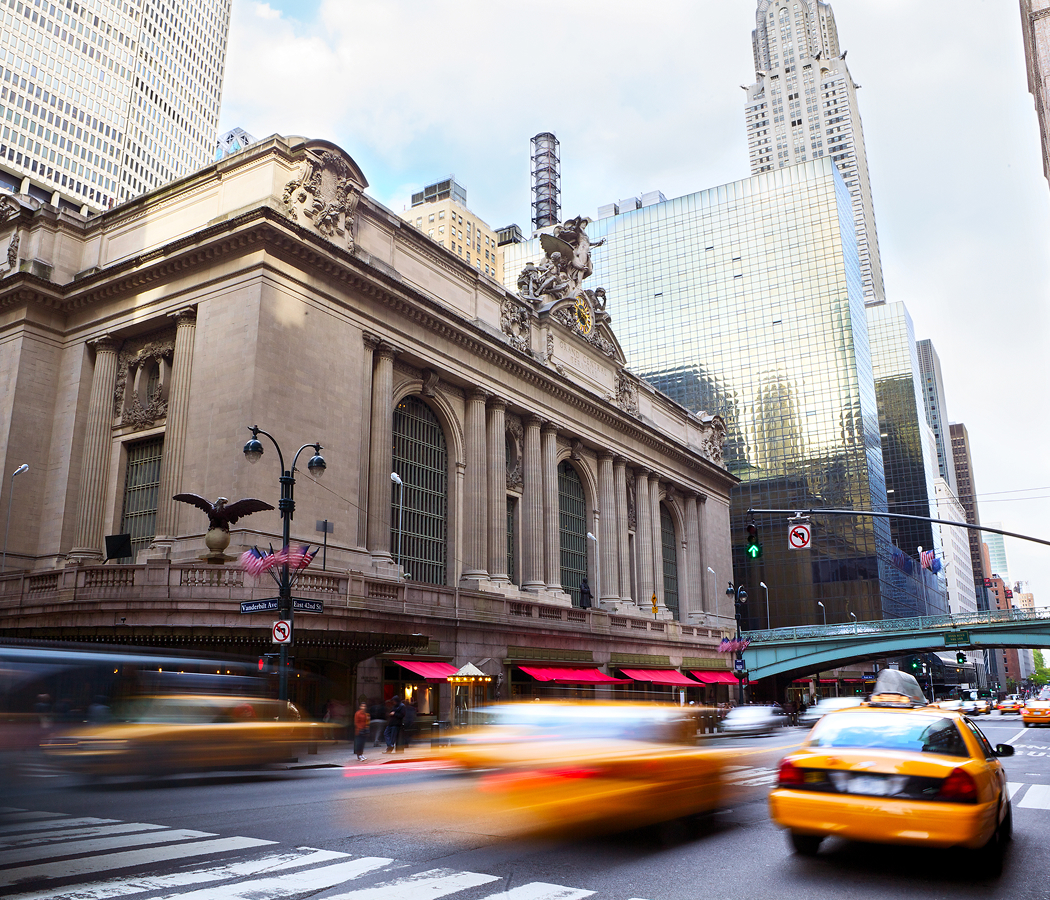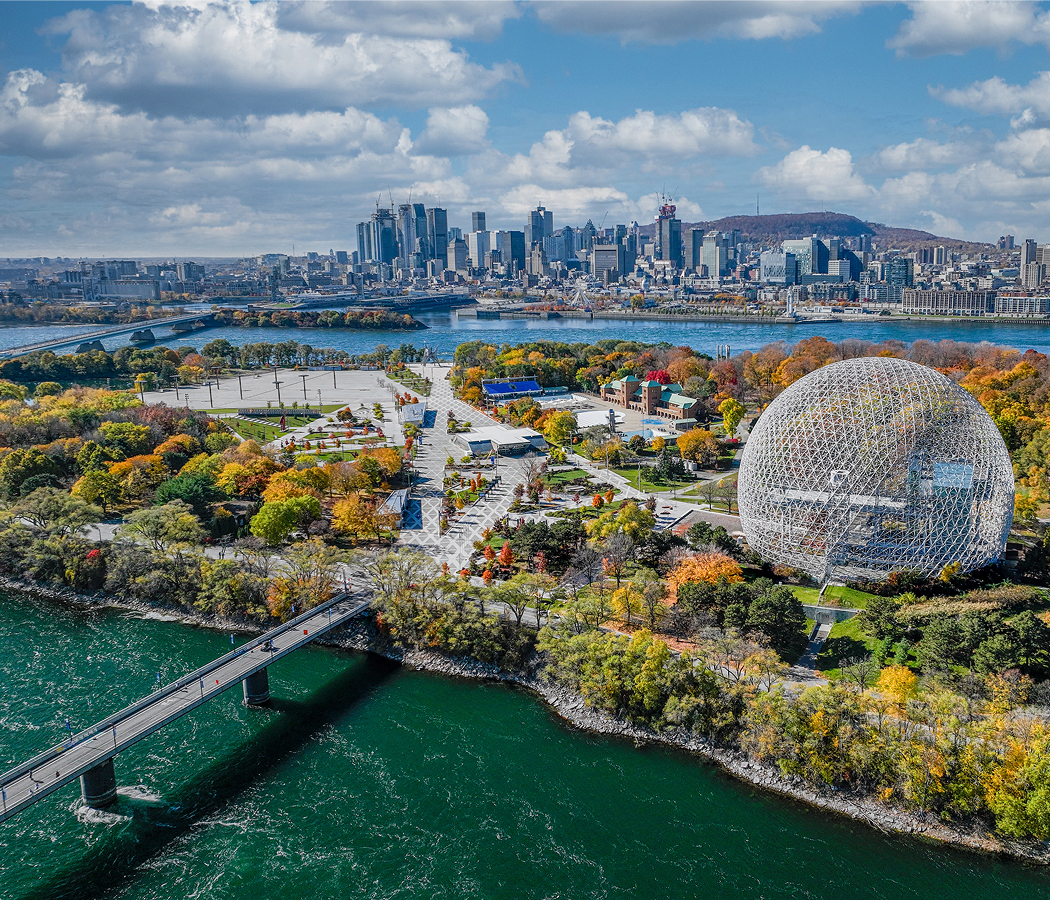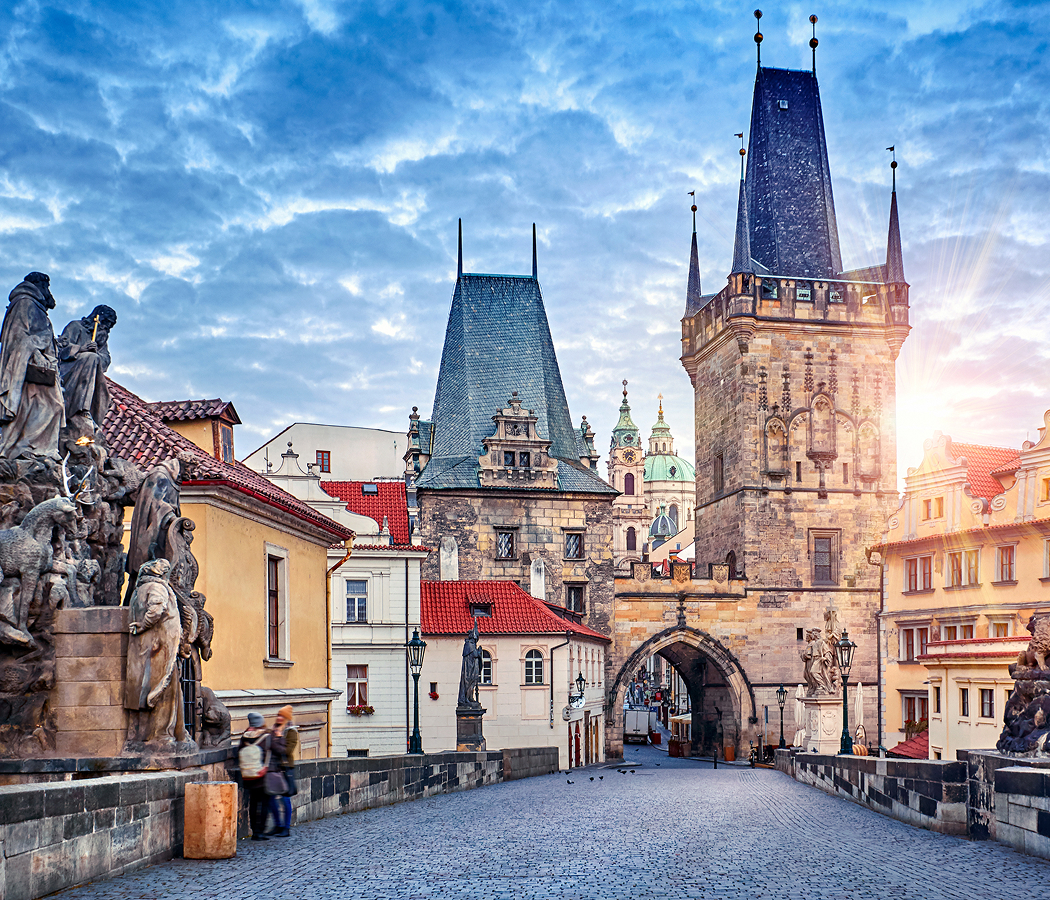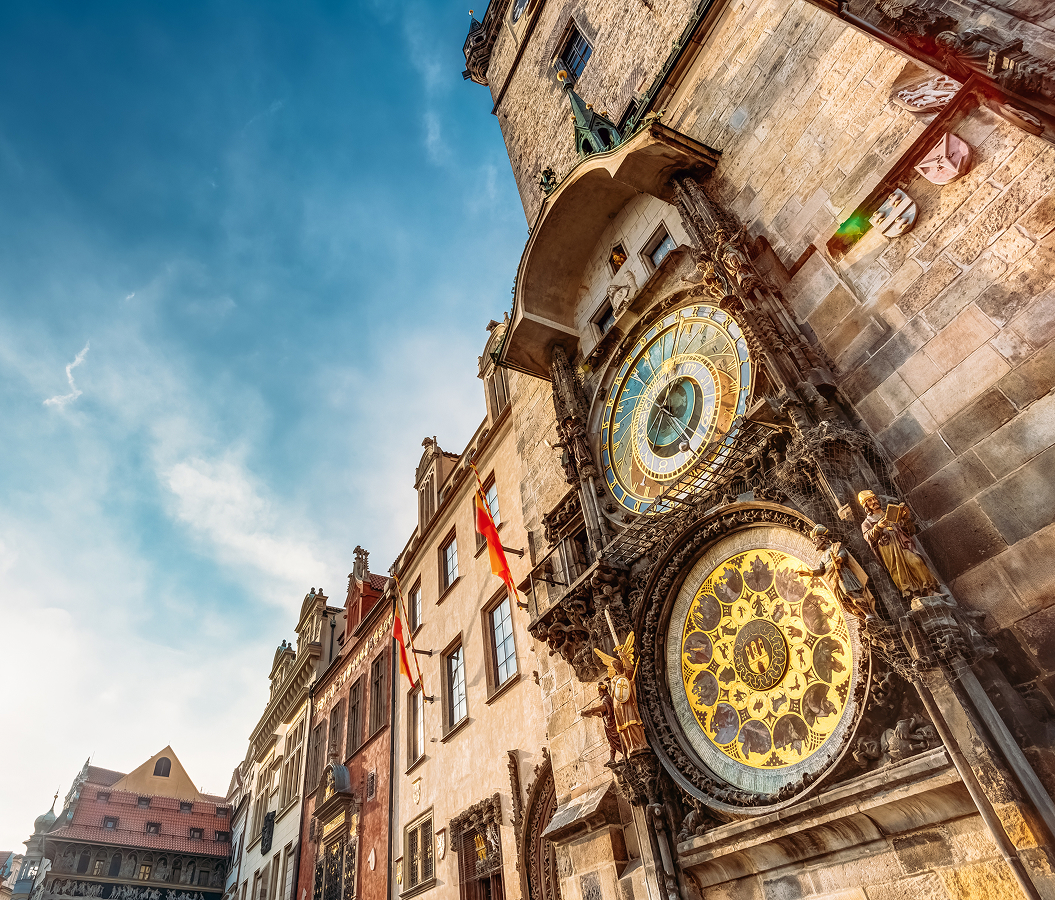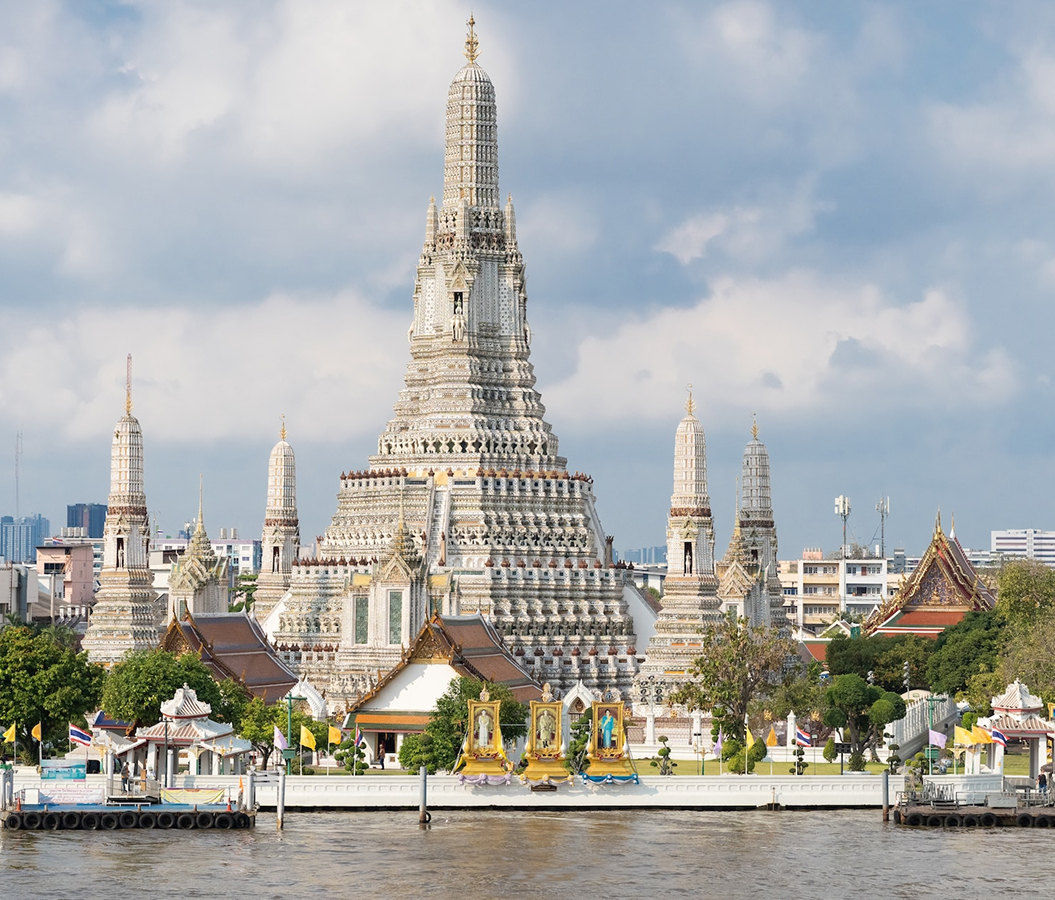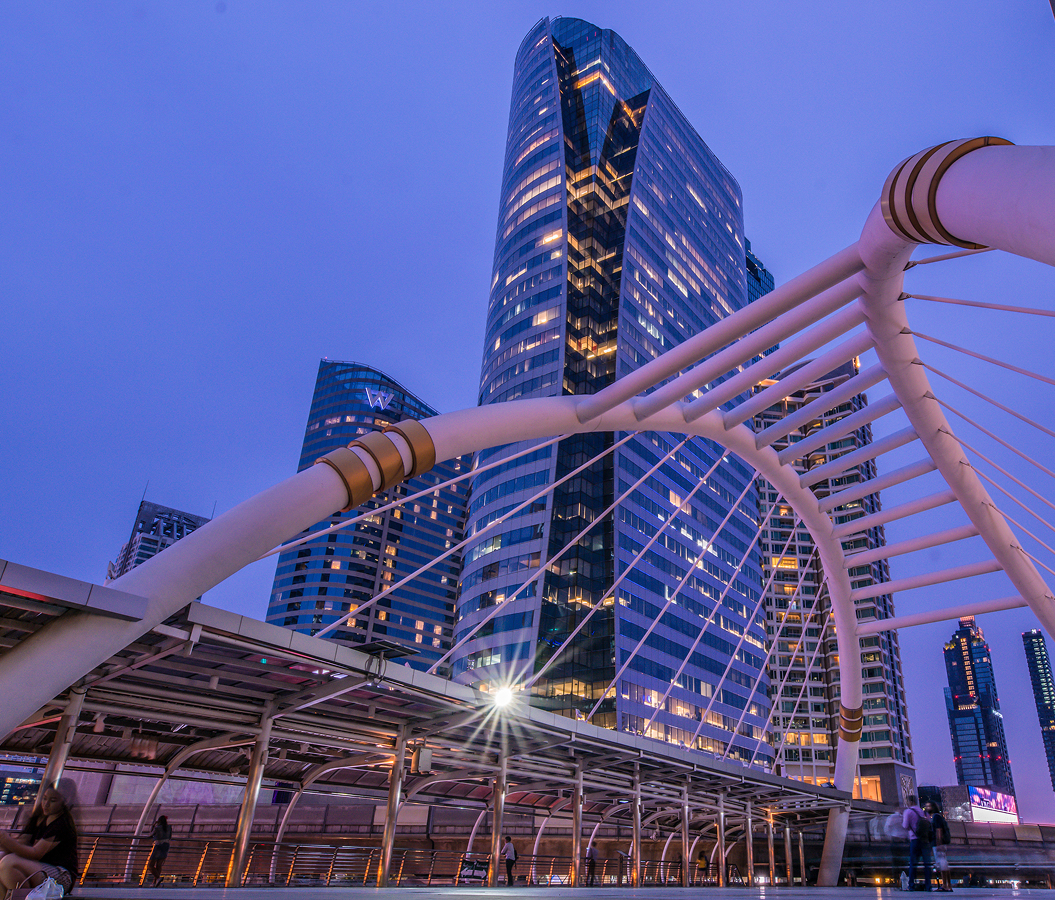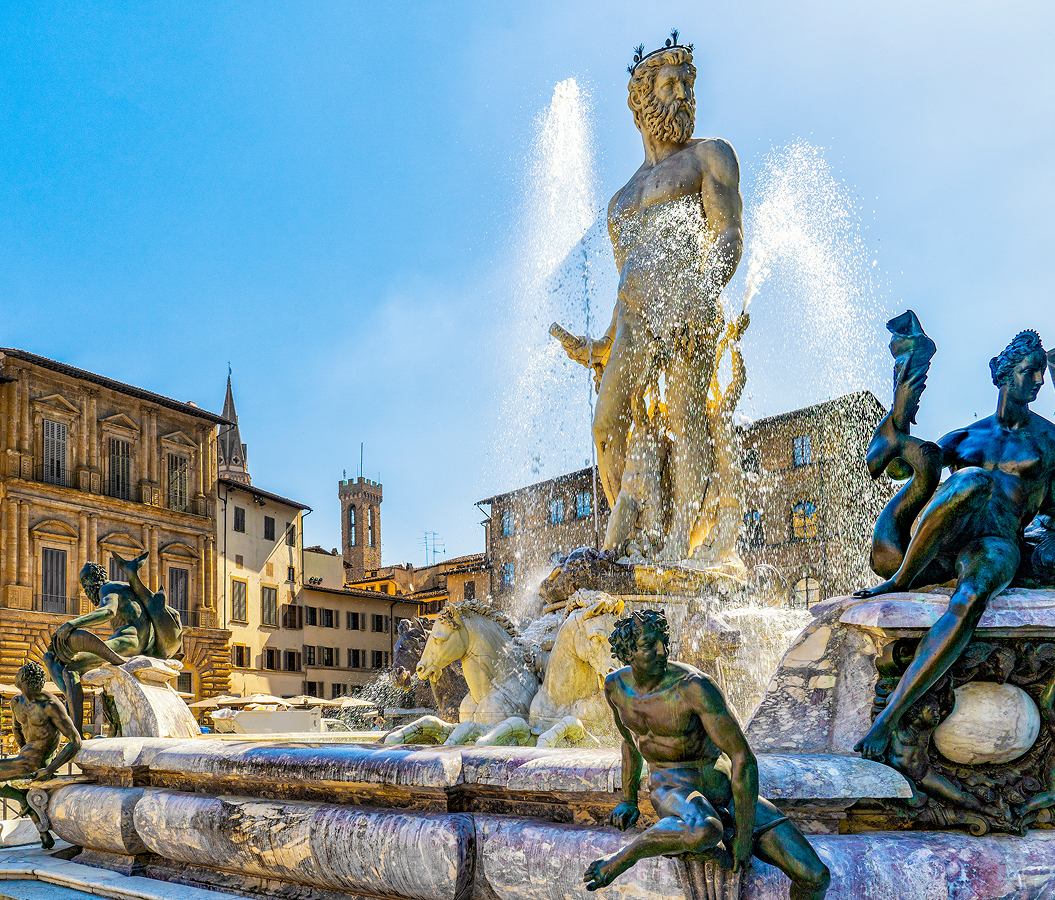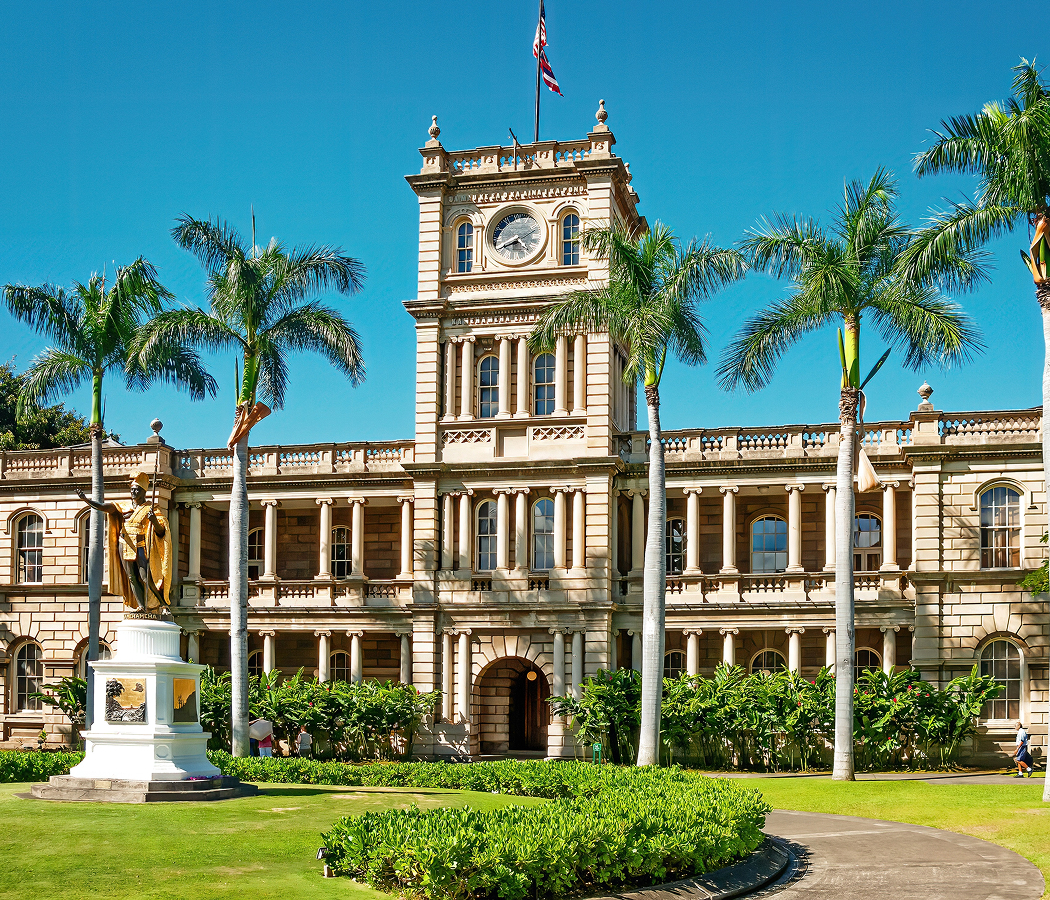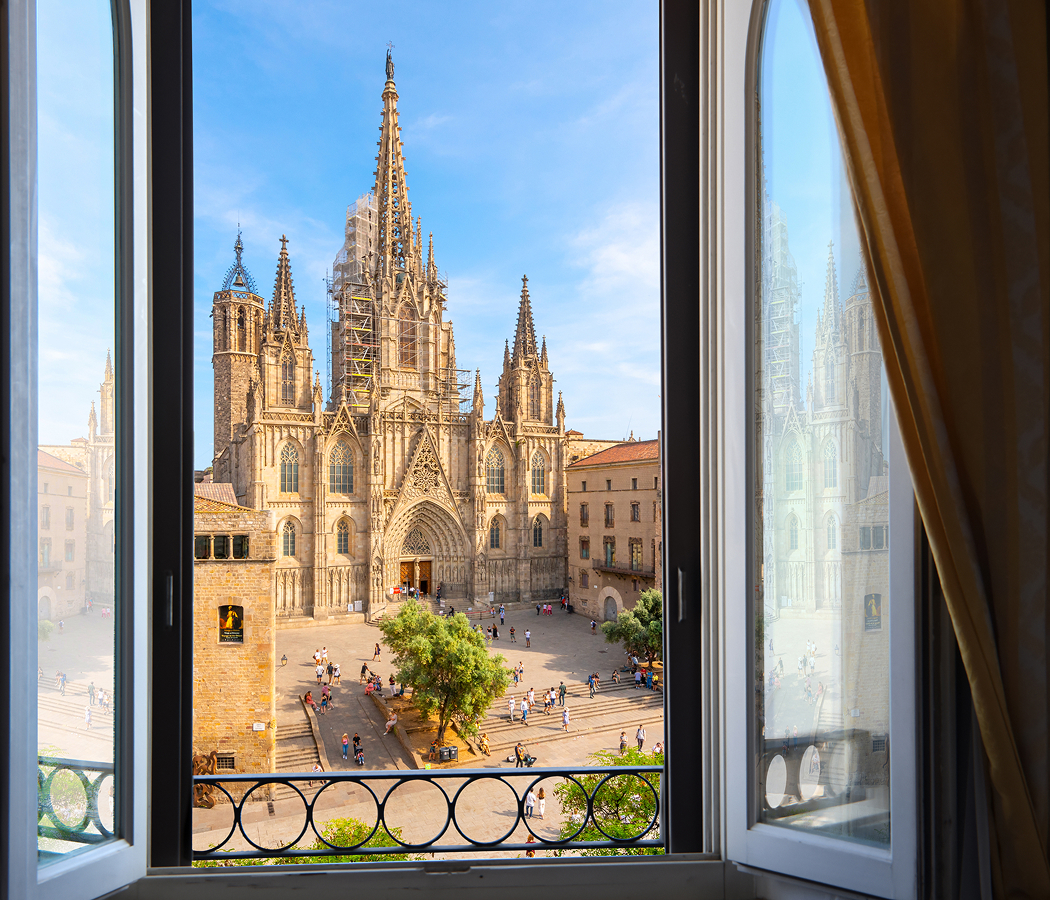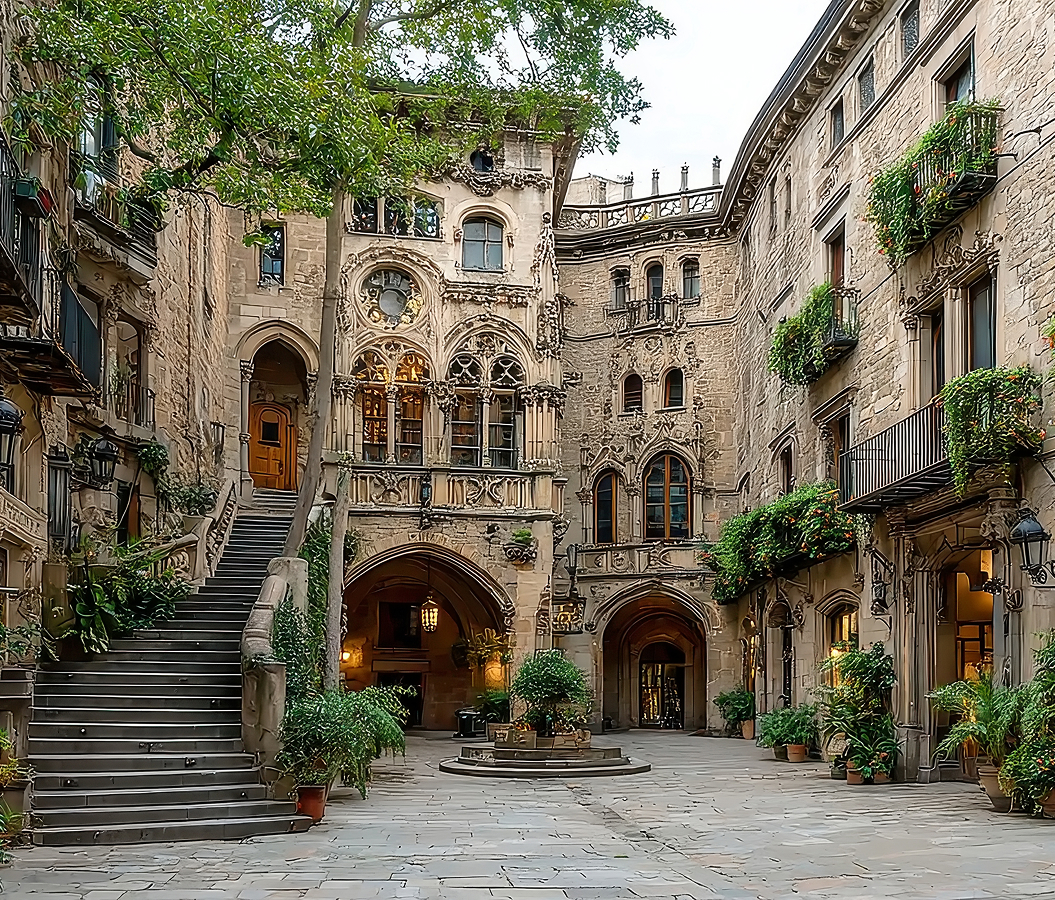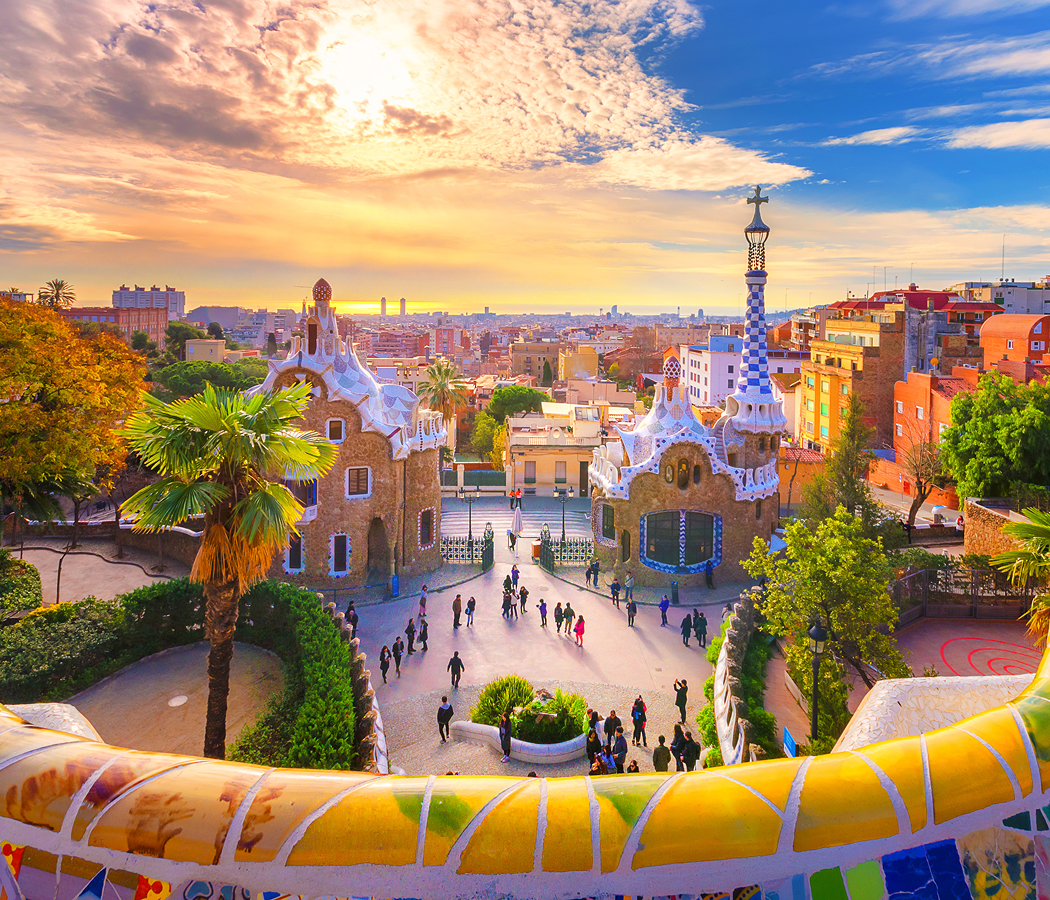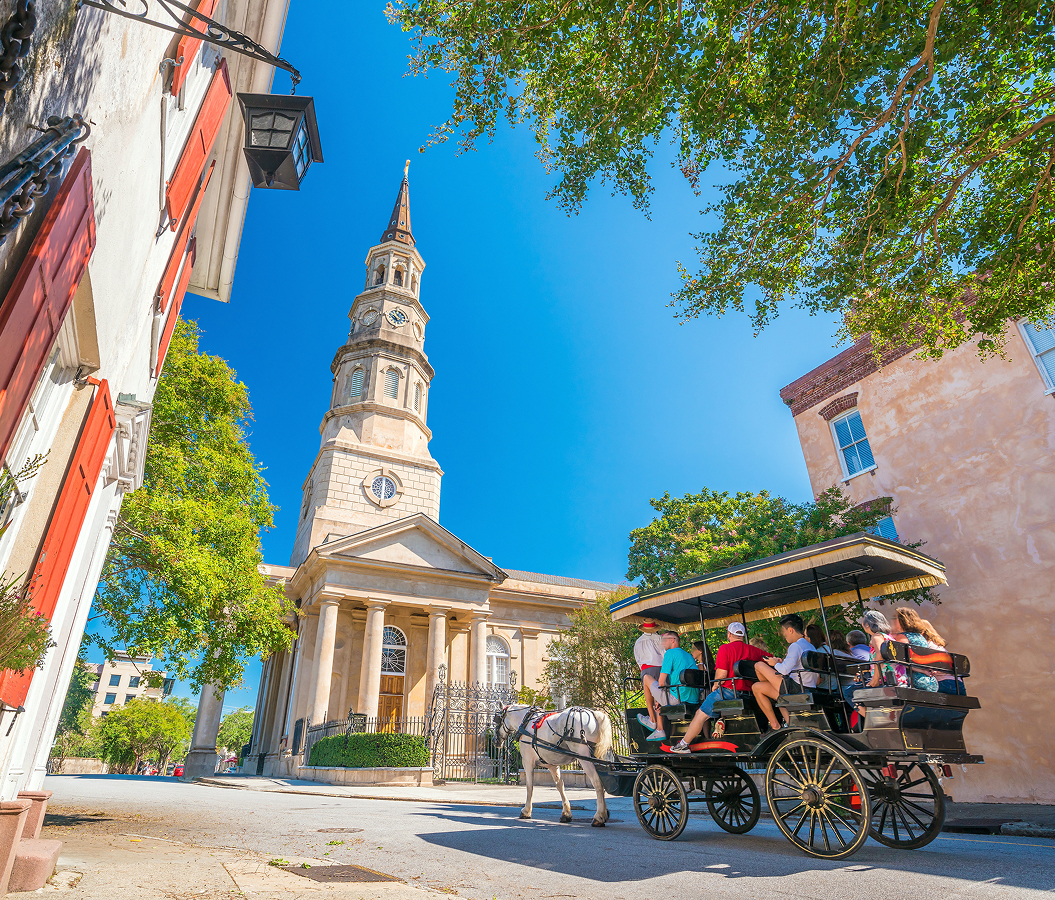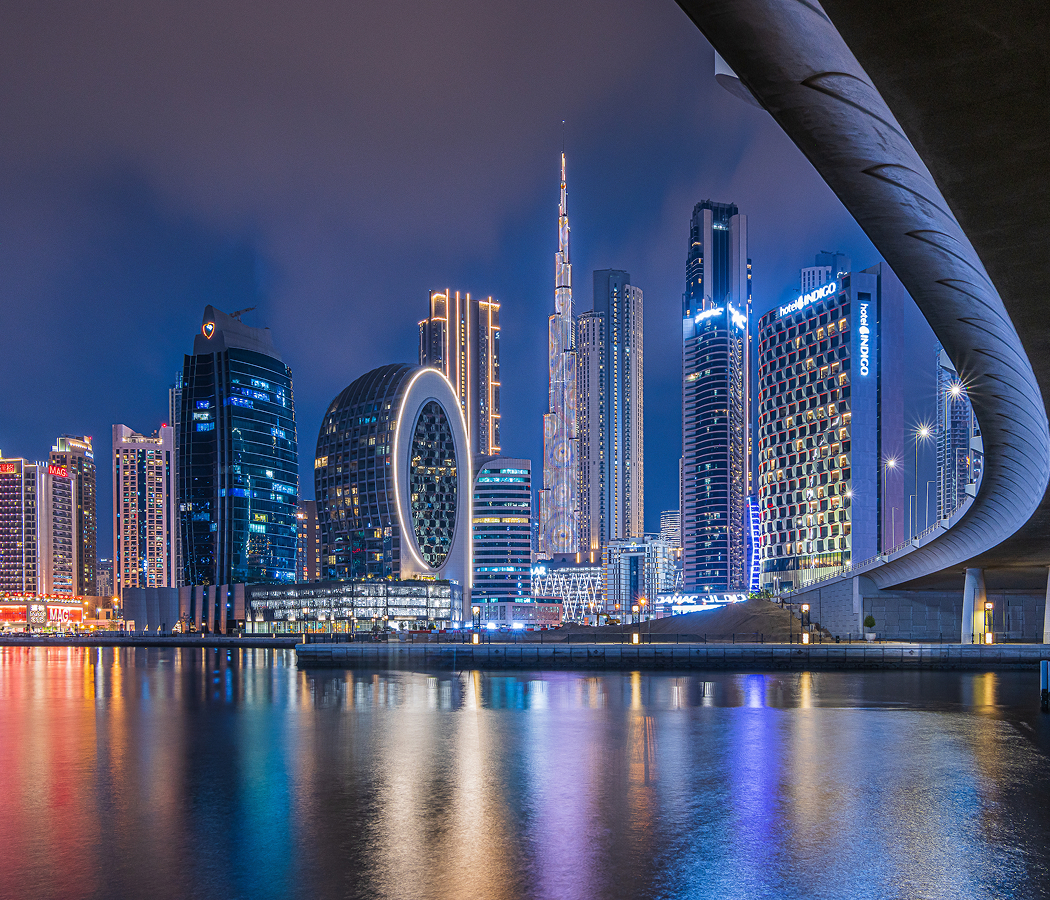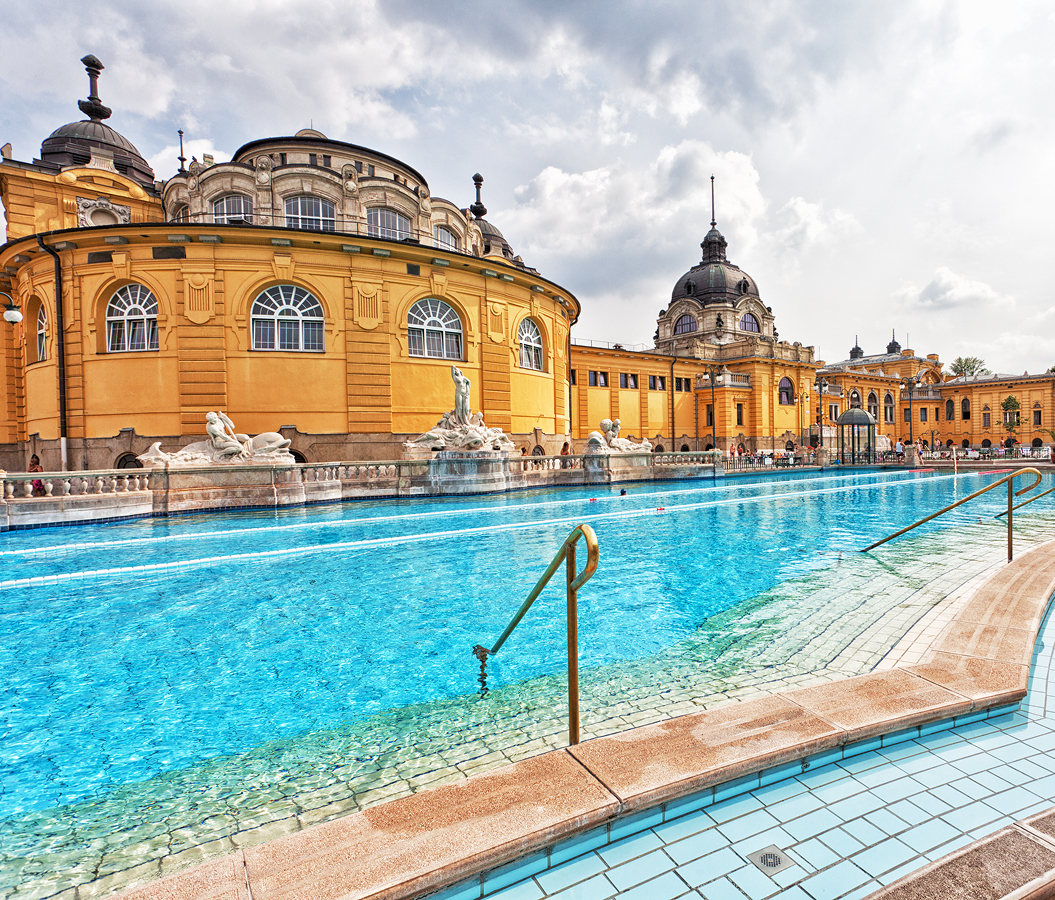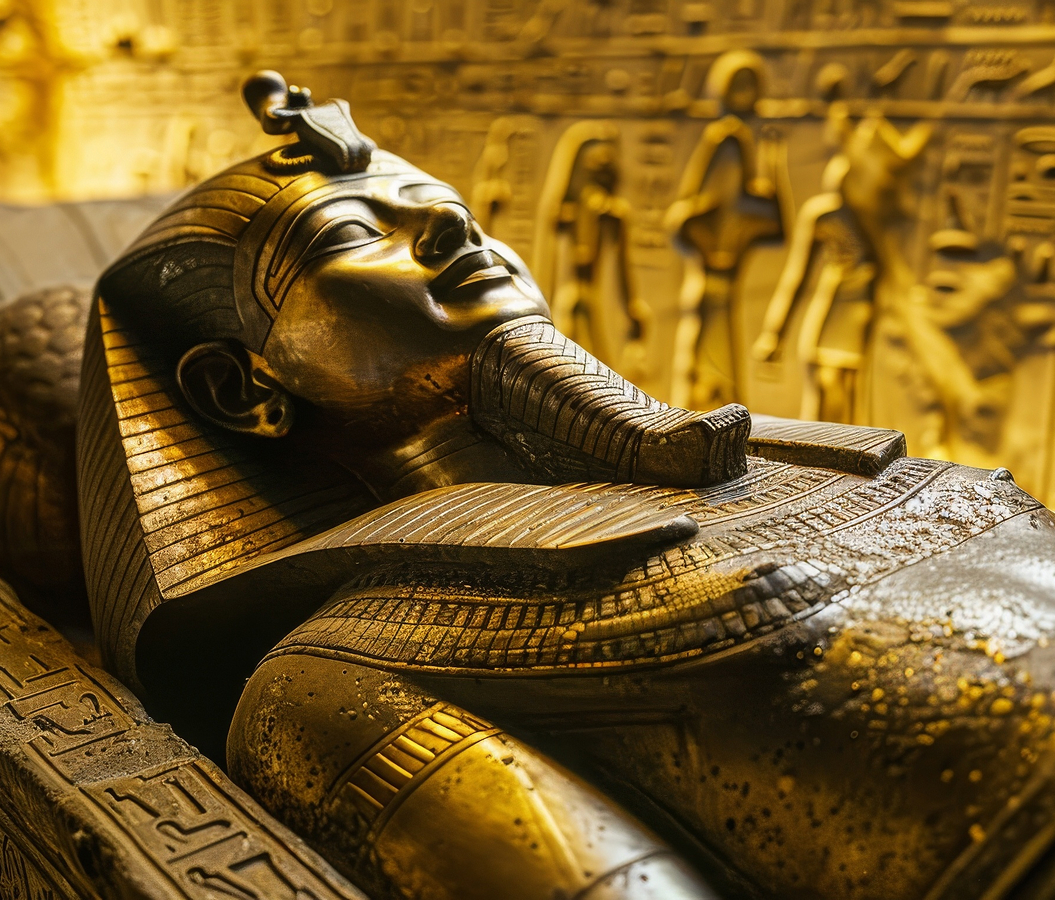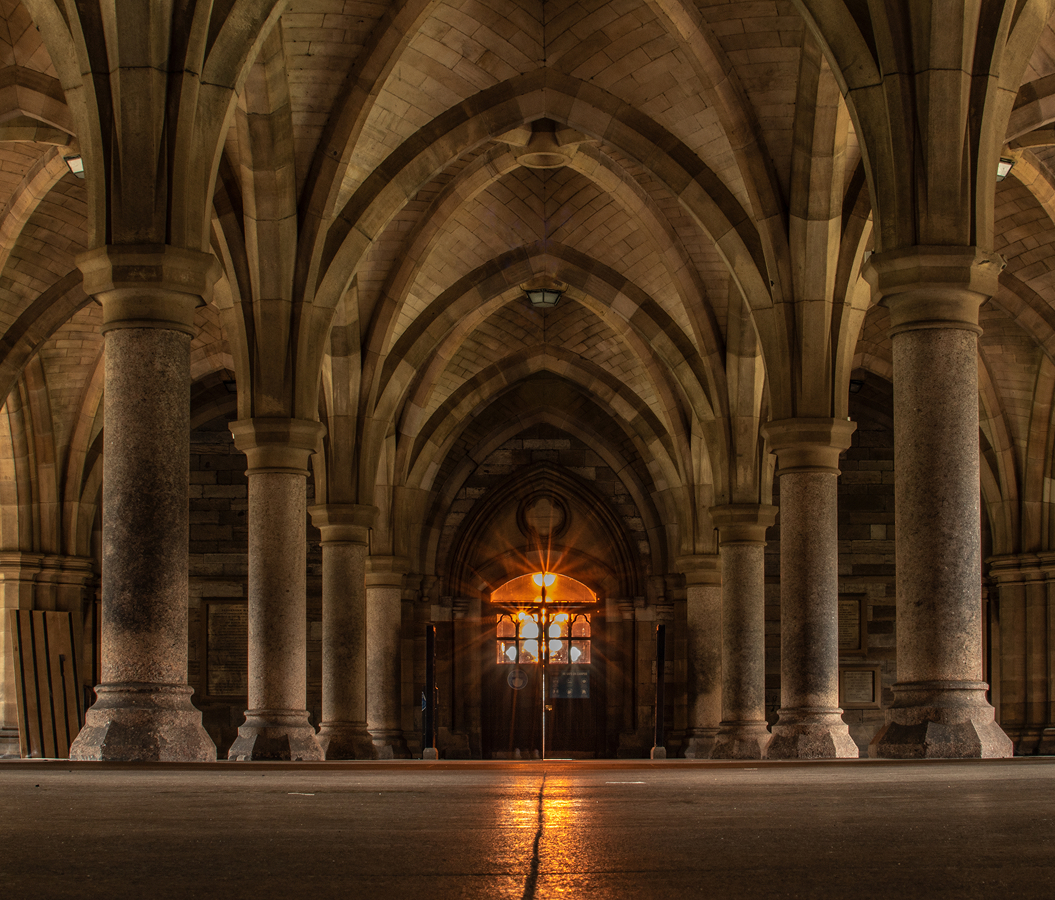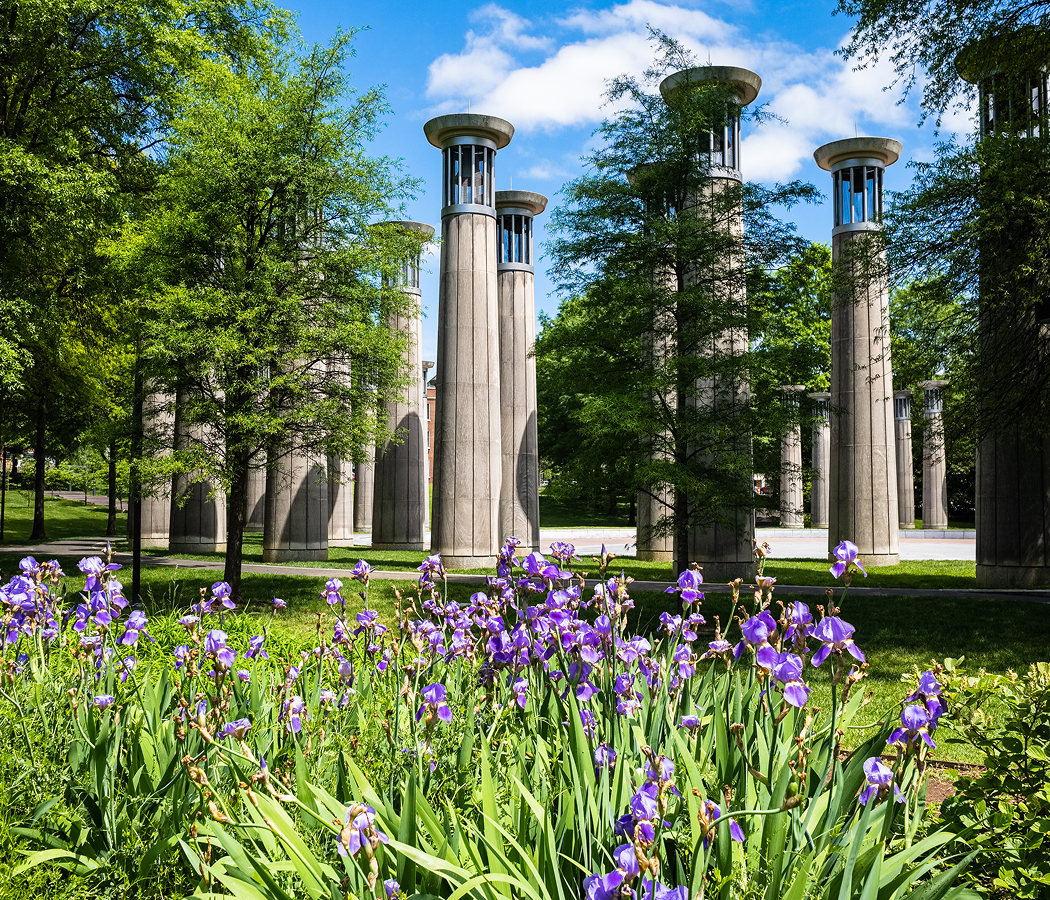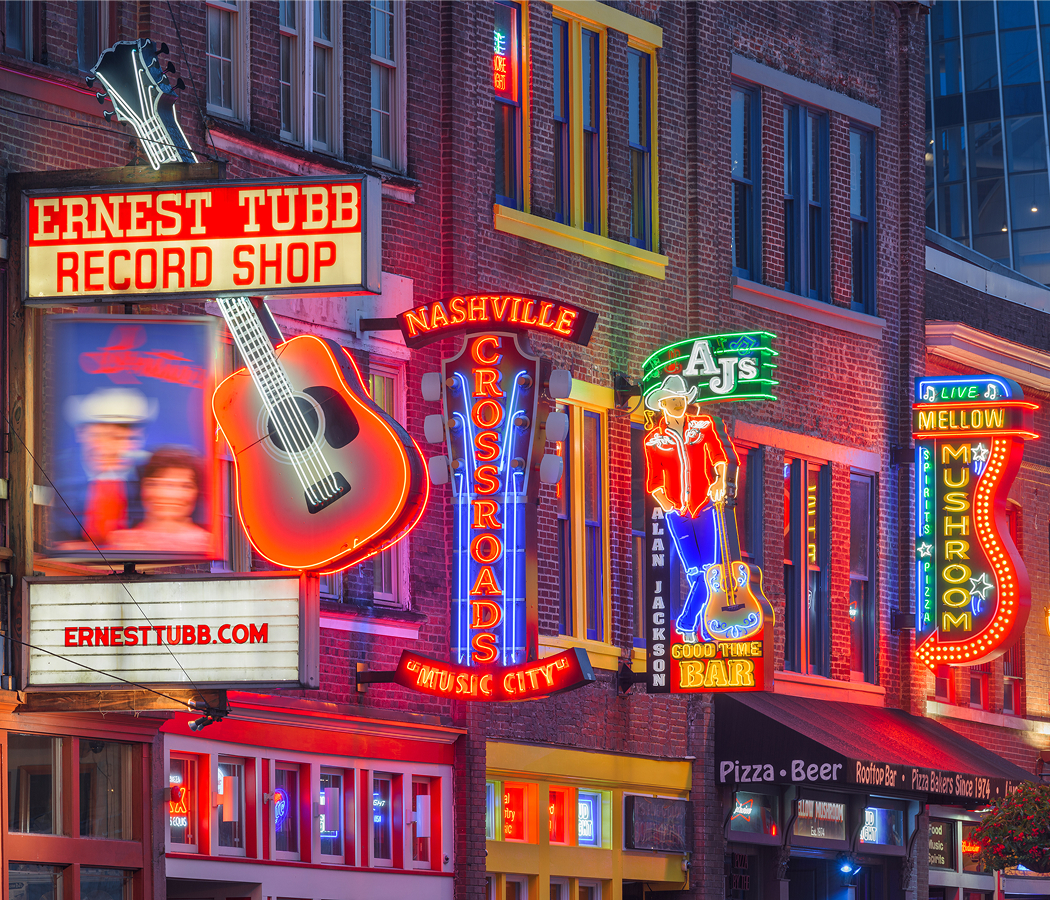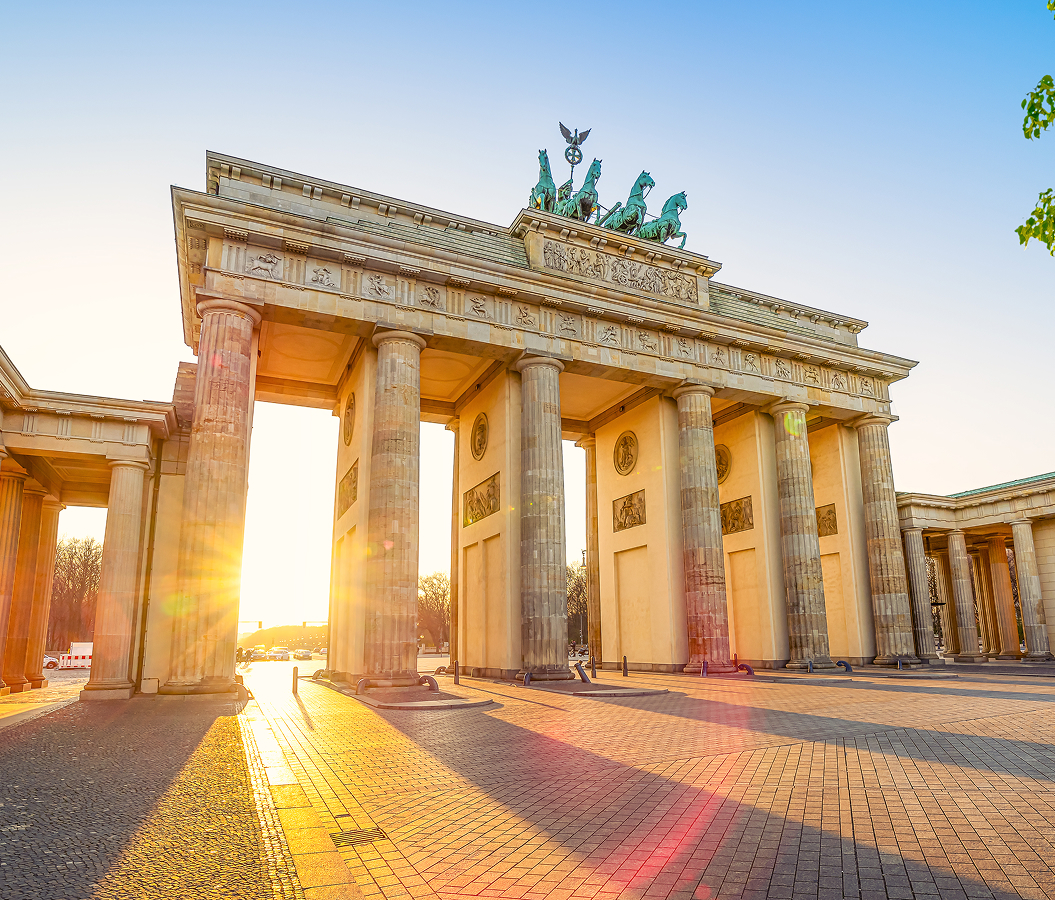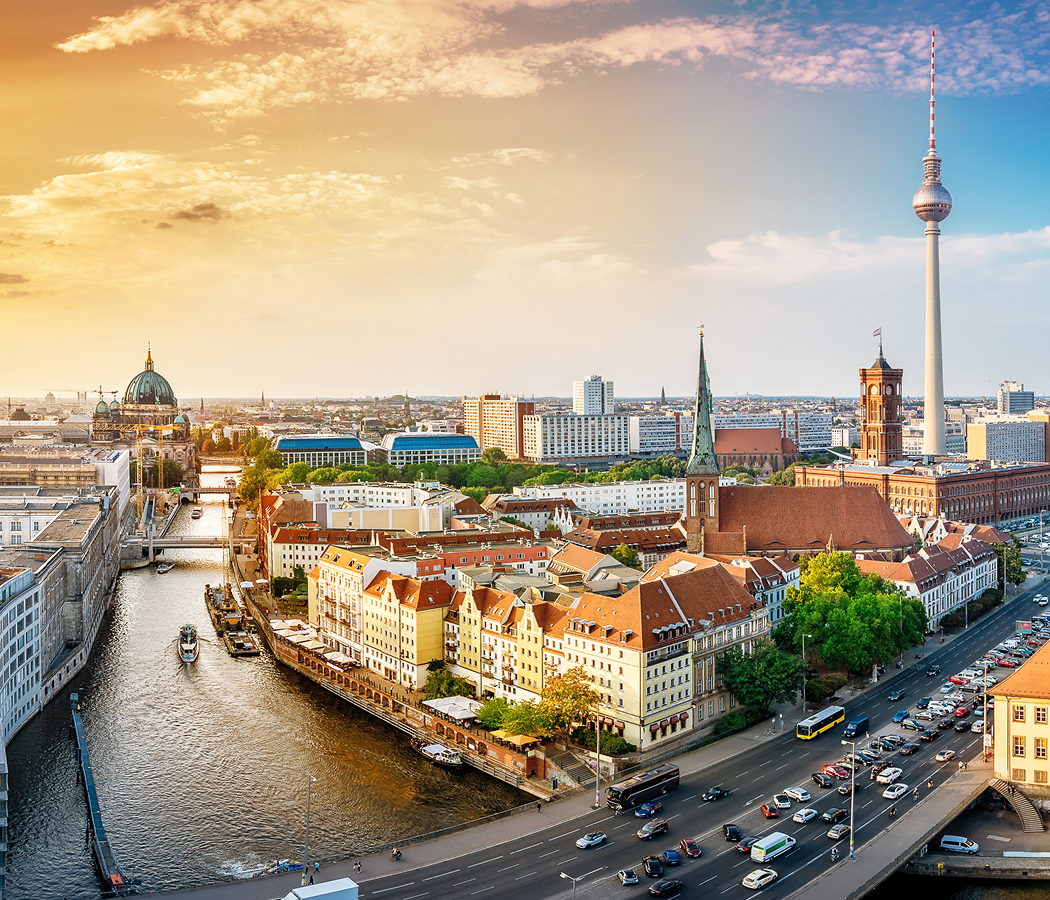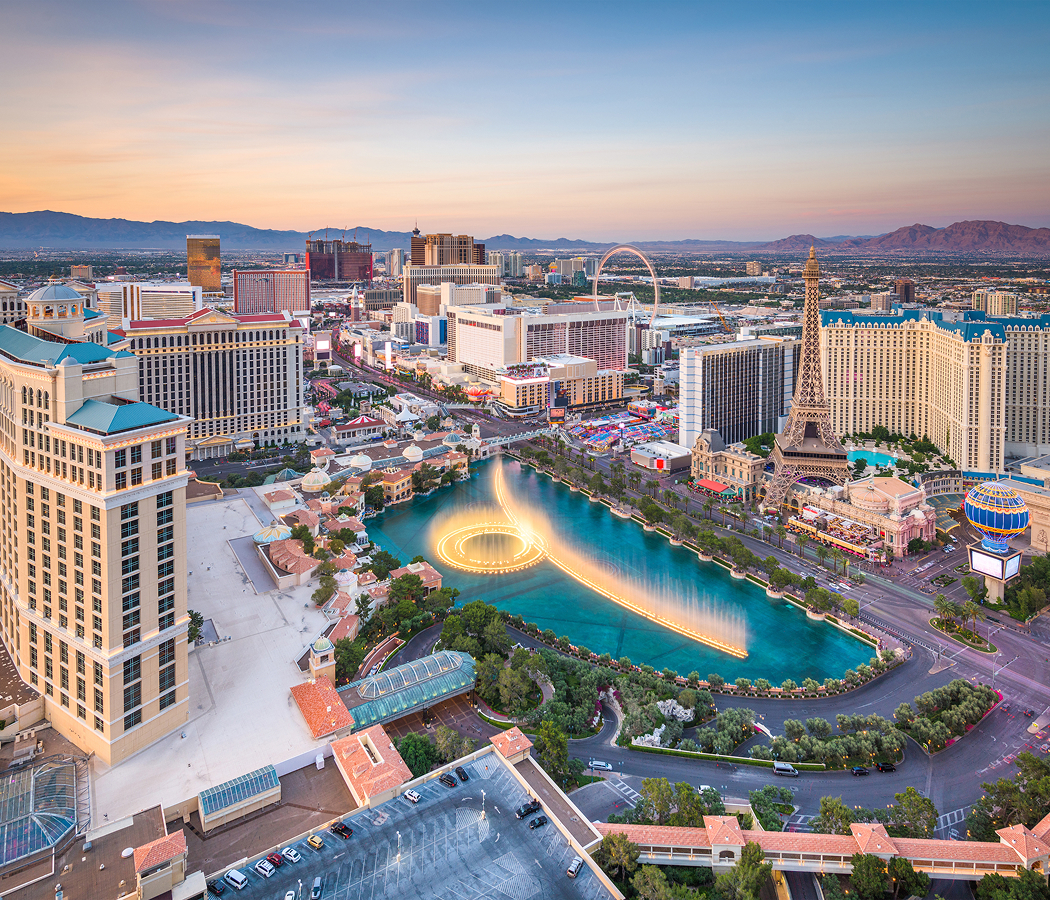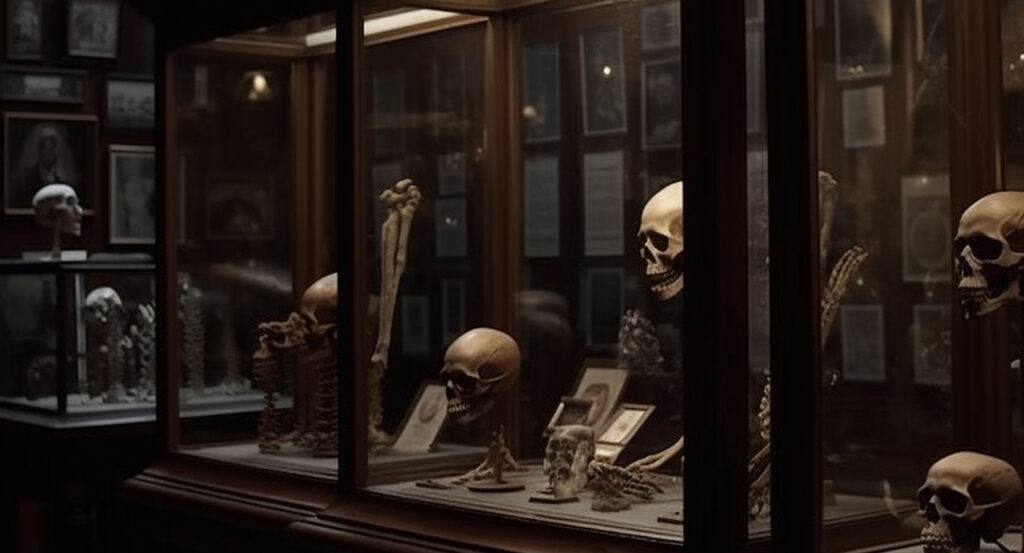
Why you should experience the Einstein Brain Exhibit at the Mütter Museum in Philadelphia.
The Einstein Brain Exhibit at the Mütter Museum in Philadelphia is one of the most quietly electrifying experiences in the museum — a moment where genius, anatomy, and human mystery converge.
Behind a simple glass case, preserved microscope slides hold thin sections of Albert Einstein’s brain, prepared shortly after his death in 1955. They are not presented as spectacle, but as reverence — a scientific relic that invites reflection more than awe. The display feels almost paradoxical: one of history’s greatest minds, reduced to the physical matter that once contained his infinite thoughts. And yet, standing before those delicate slides, you feel the enormity of what they represent — the interplay between biology and brilliance, the fragile vessel of an intellect that reshaped our understanding of time, space, and the universe itself. The experience is humbling, even spiritual. The Einstein Brain Exhibit reminds us that genius is not supernatural, but profoundly human — born from the same organic clay that binds us all.
What you didn’t know about the Einstein Brain Exhibit.
The story behind the Einstein Brain Exhibit is as complex and fascinating as the mind it seeks to honor.
After Einstein’s death at Princeton Hospital in 1955, his brain was removed during autopsy by pathologist Dr. Thomas Stoltz Harvey, who hoped to study the neurological basis of genius. Harvey preserved the brain in formaldehyde, sectioned it into 240 blocks, and created thousands of microscopic slides — some of which were later distributed to researchers around the world. Decades later, fragments of these slides were donated to the Mütter Museum, where they now form the core of this intimate and ethically contextualized exhibit. The display features original glass slides labeled in Harvey’s own handwriting, showing cross-sections of Einstein’s cerebral cortex and hippocampus — areas linked to reasoning, memory, and creativity. Scientific studies conducted in the years since suggest subtle structural differences in Einstein’s brain, particularly in the inferior parietal lobes, which may correlate with his extraordinary spatial and mathematical ability. But the exhibit resists sensationalism. Instead, it explores the deeper question: what makes a mind extraordinary? The curators frame Einstein’s preserved brain not as a trophy of intellect, but as a meditation on curiosity, humility, and the relentless pursuit of understanding — qualities that defined the man far more than the tissue on display.
How to fold the Einstein Brain Exhibit into your trip.
When visiting the Mütter Museum, make time for the Einstein Brain Exhibit after exploring the Anatomical Hall and Hallowell Bone Room — it’s the perfect transition from body to mind.
The display is located in a modest case within the upper galleries, unassuming yet magnetic in its significance. Approach slowly; the slides are tiny, but the weight they carry is immense. Read the accompanying text panels, which tell not only the story of the brain’s journey from Princeton to Philadelphia but also the evolving ethics of scientific preservation. The exhibit’s lighting is subtle, designed to draw focus to the amber-hued glass slides that shimmer faintly under their microscope labels — an aesthetic balance between the clinical and the contemplative. Visit during quieter hours, ideally in the morning or late afternoon, when you can linger without interruption and absorb the silence that surrounds the display. For a deeper context, pair your visit with the nearby exhibits on neurology and medical history, which trace how scientific understanding of the brain has evolved since Einstein’s era. Before leaving, take a moment to stand back and consider the humility of the presentation — no grand display, no theatrics, just a few translucent slices of tissue that once held a universe of thought. The Einstein Brain Exhibit at the Mütter Museum is less about unraveling genius than honoring the mystery of consciousness itself — a quiet, profound reminder that even the greatest minds remain, in the end, beautifully and undeniably human.
Hear it from the Foresyte community.
“A cabinet of curiosities filled with skulls, organs in jars, and medical oddities you can’t unsee. It’s gross, fascinating, and weirdly addictive.”
Where meaningful travel begins.
Start your journey with Foresyte, where the planning is part of the magic.
Discover the experiences that matter most.




